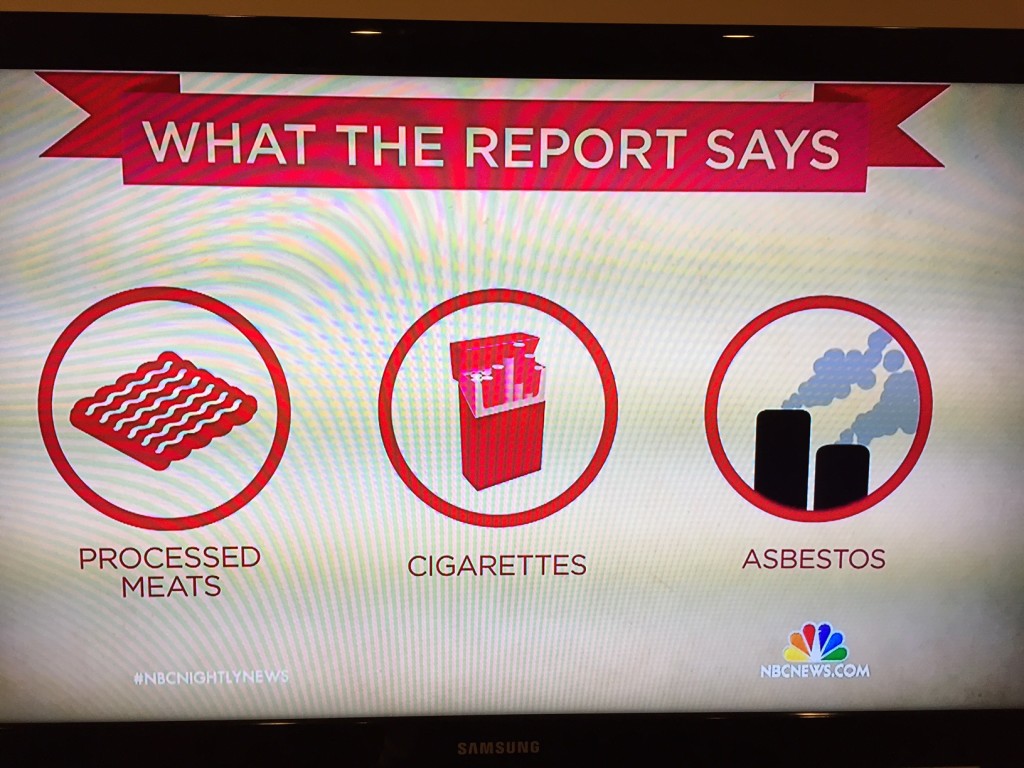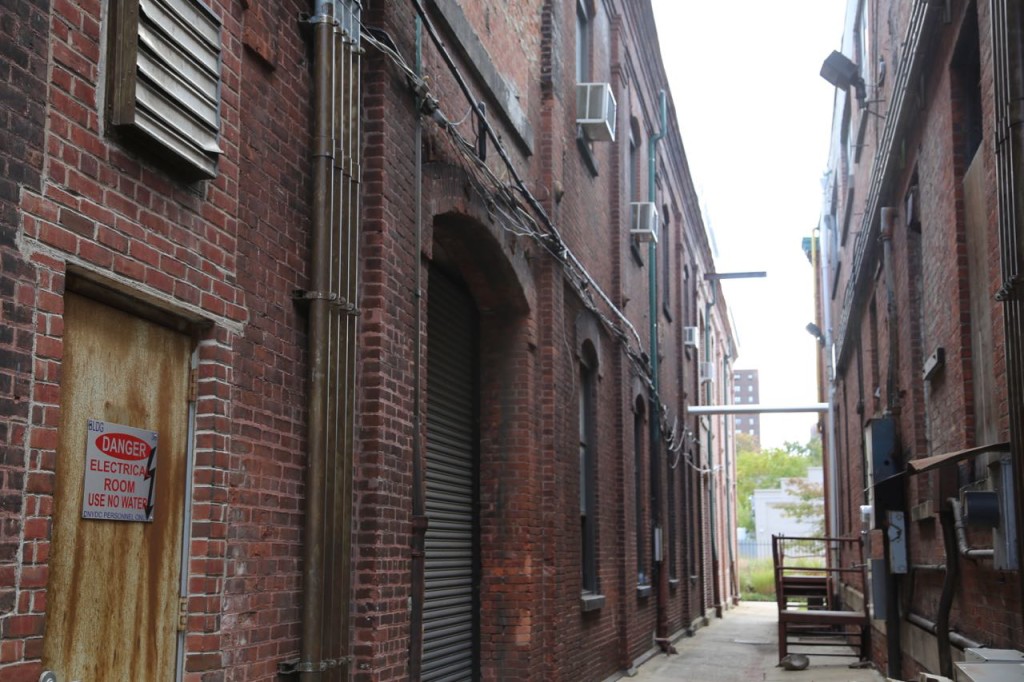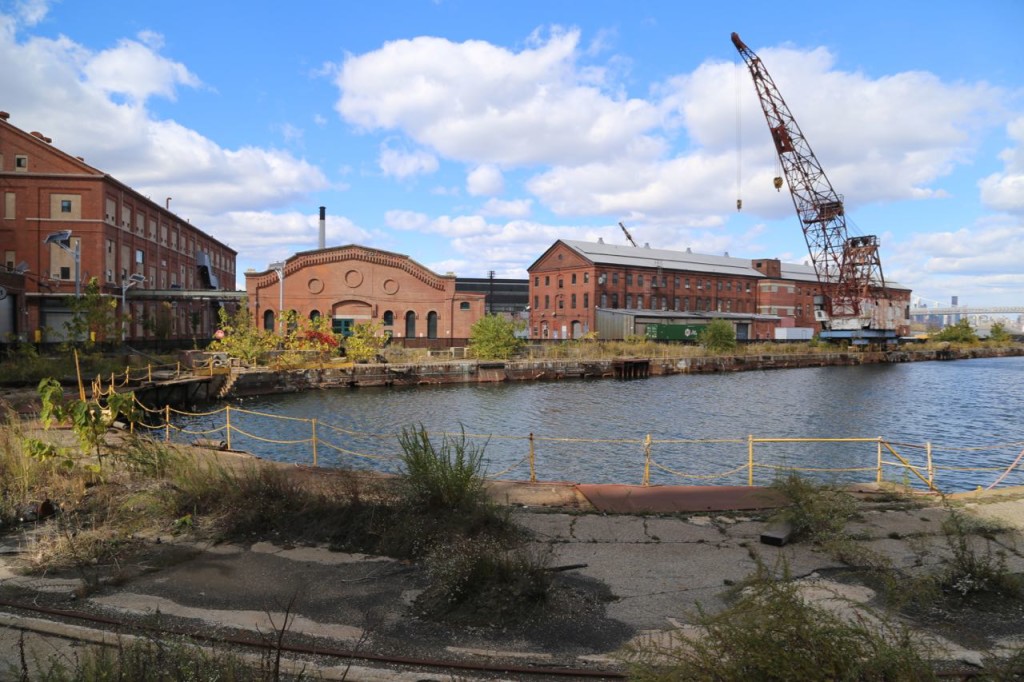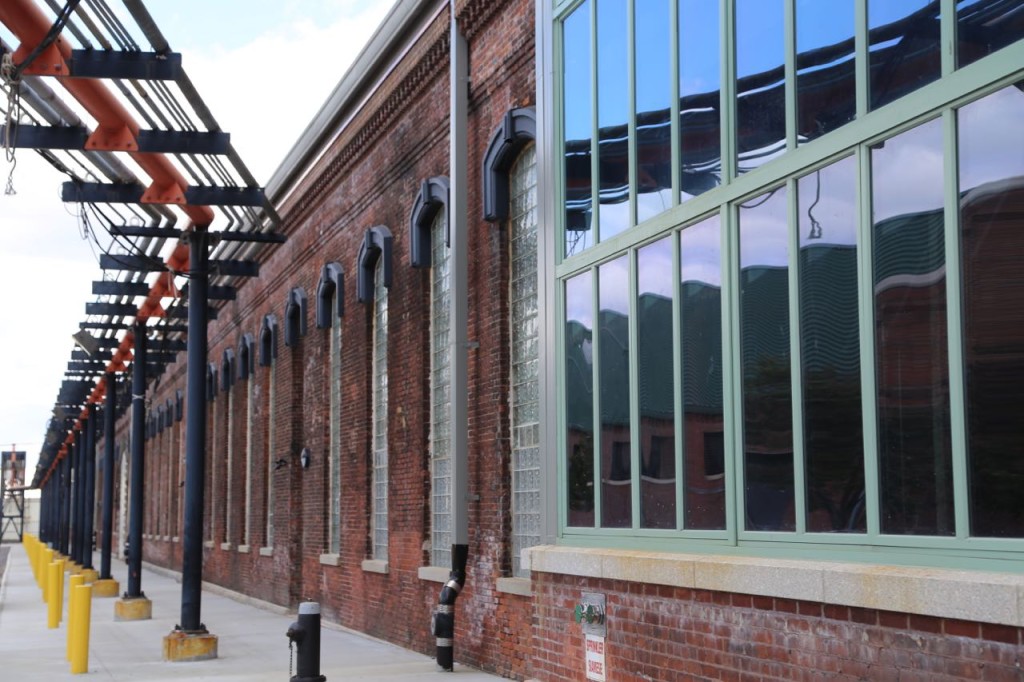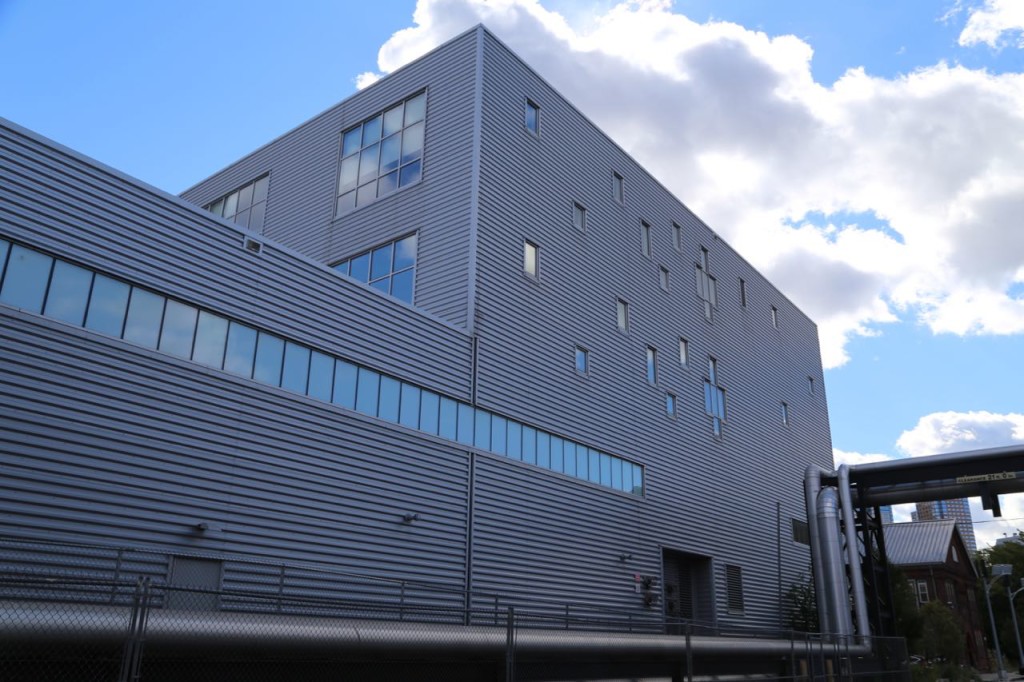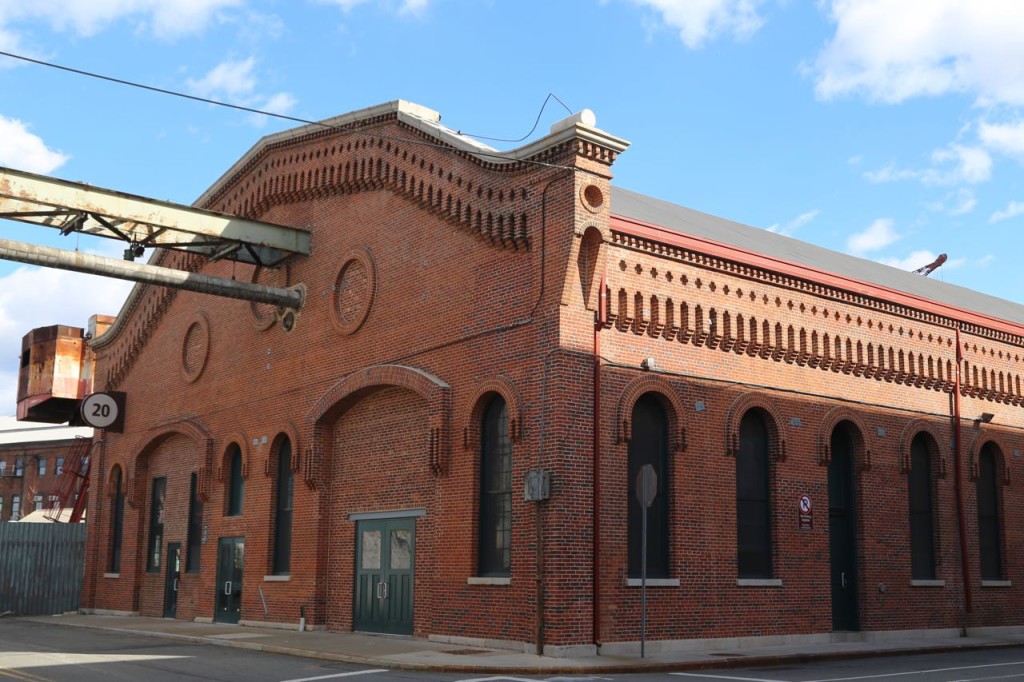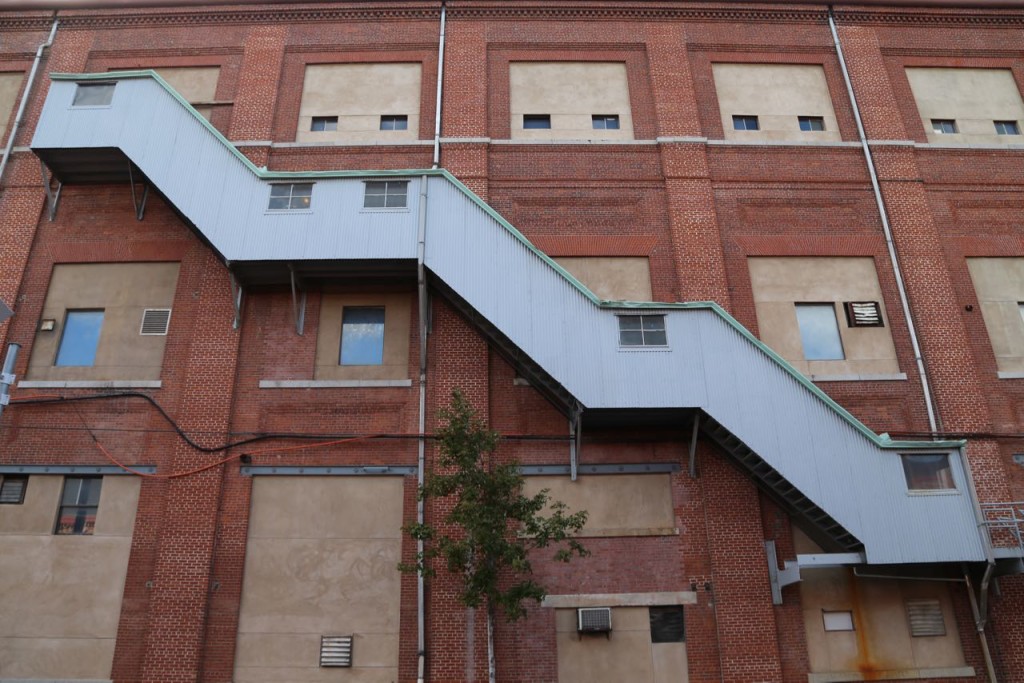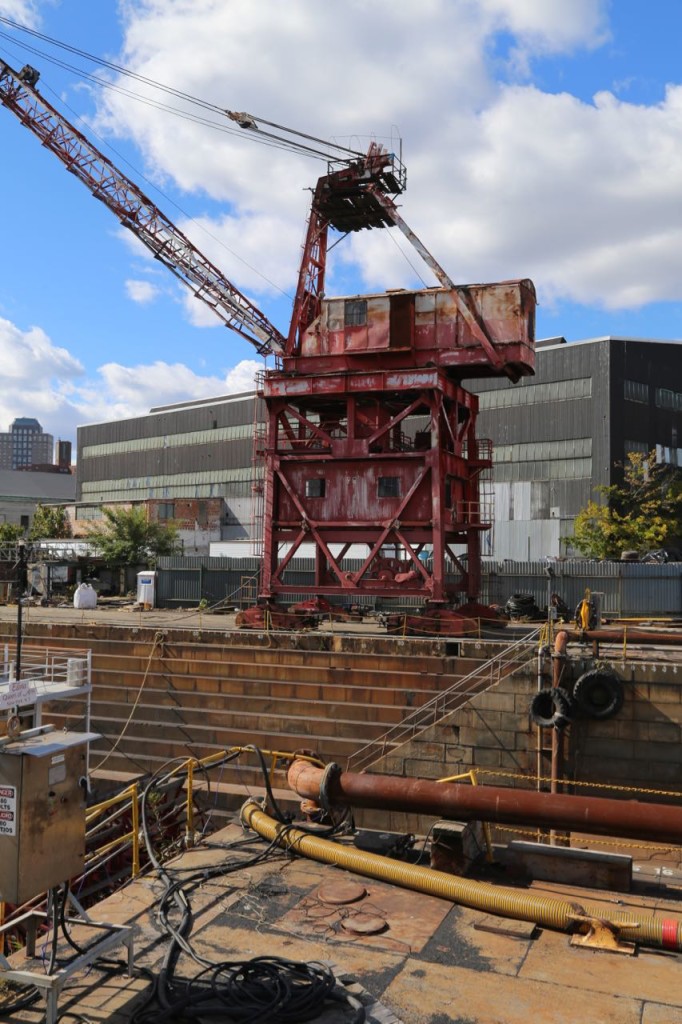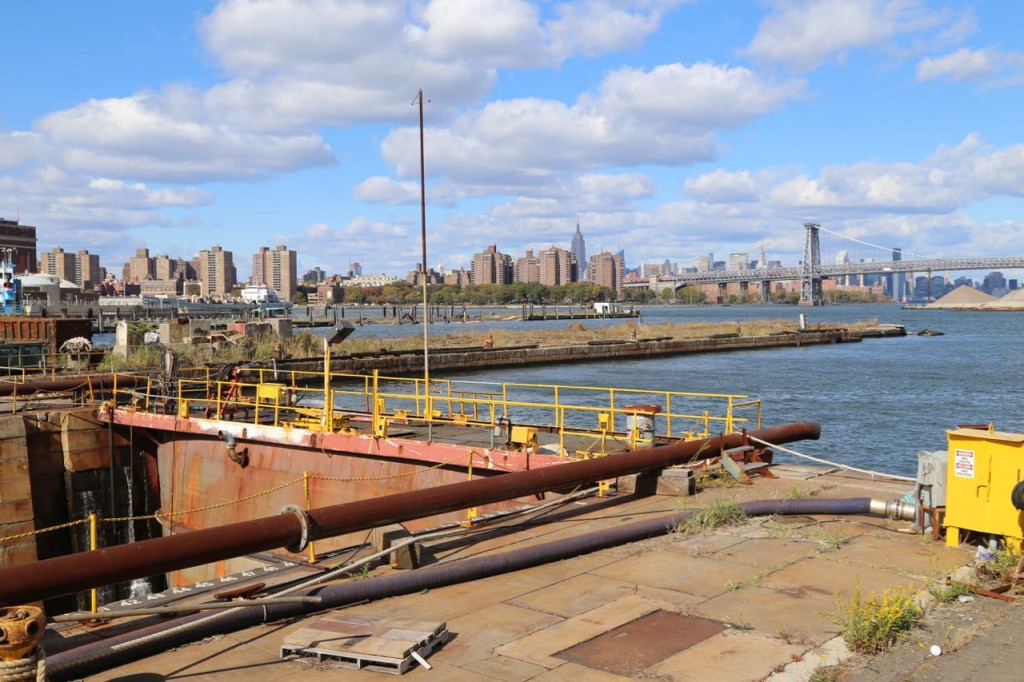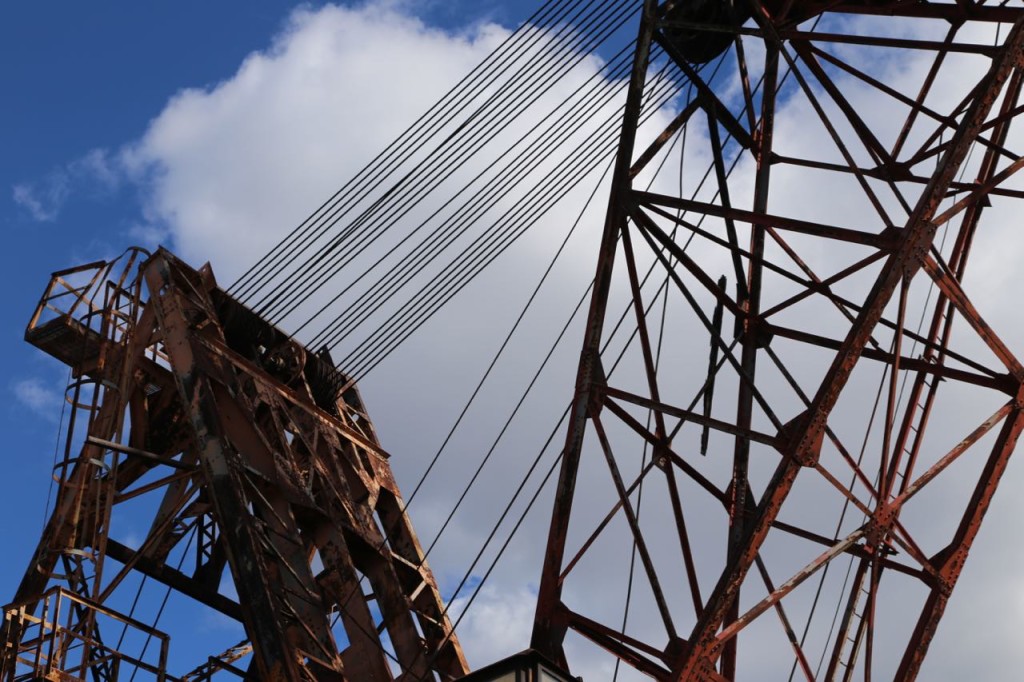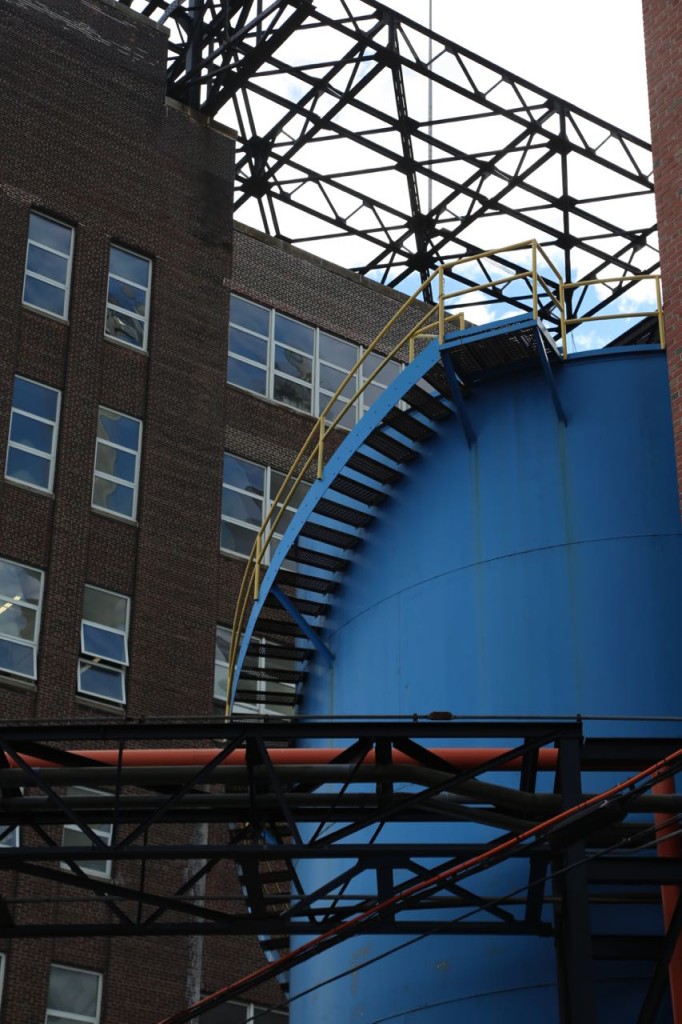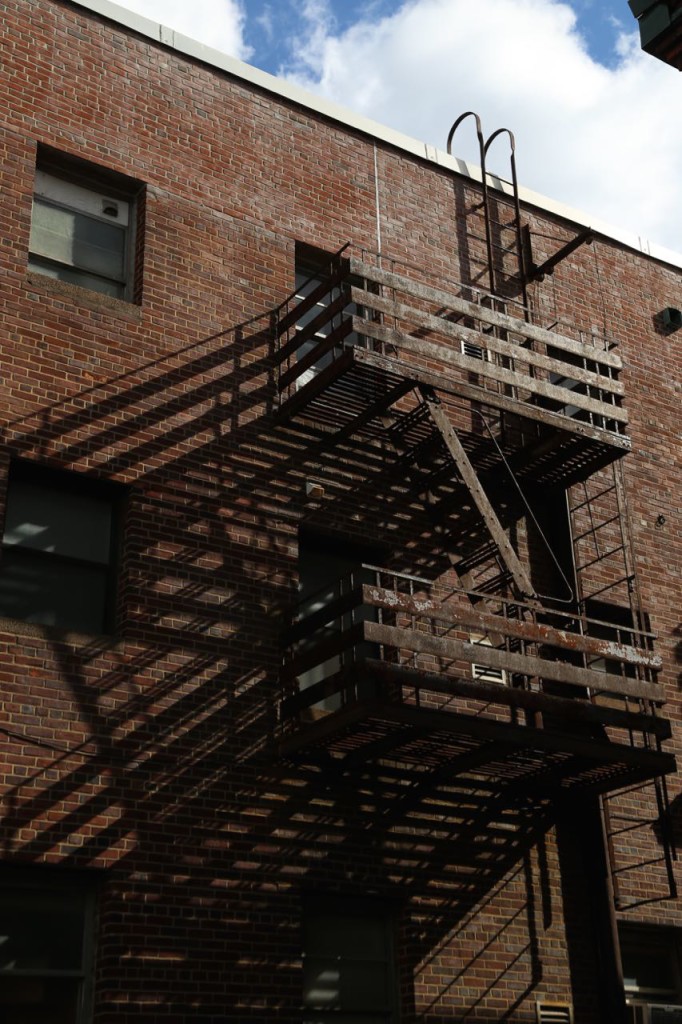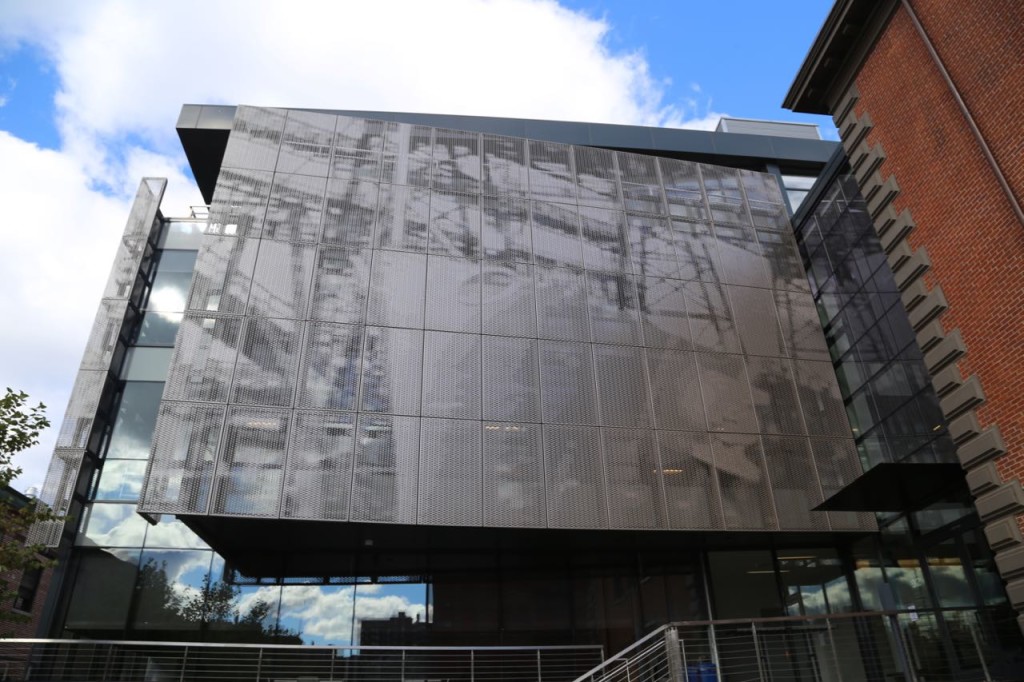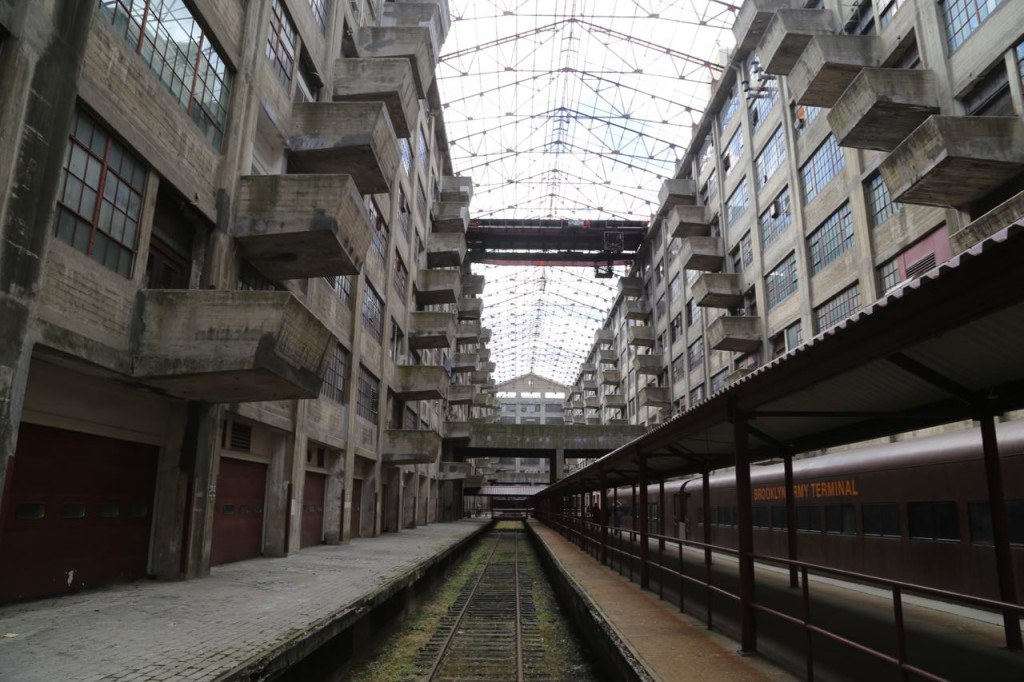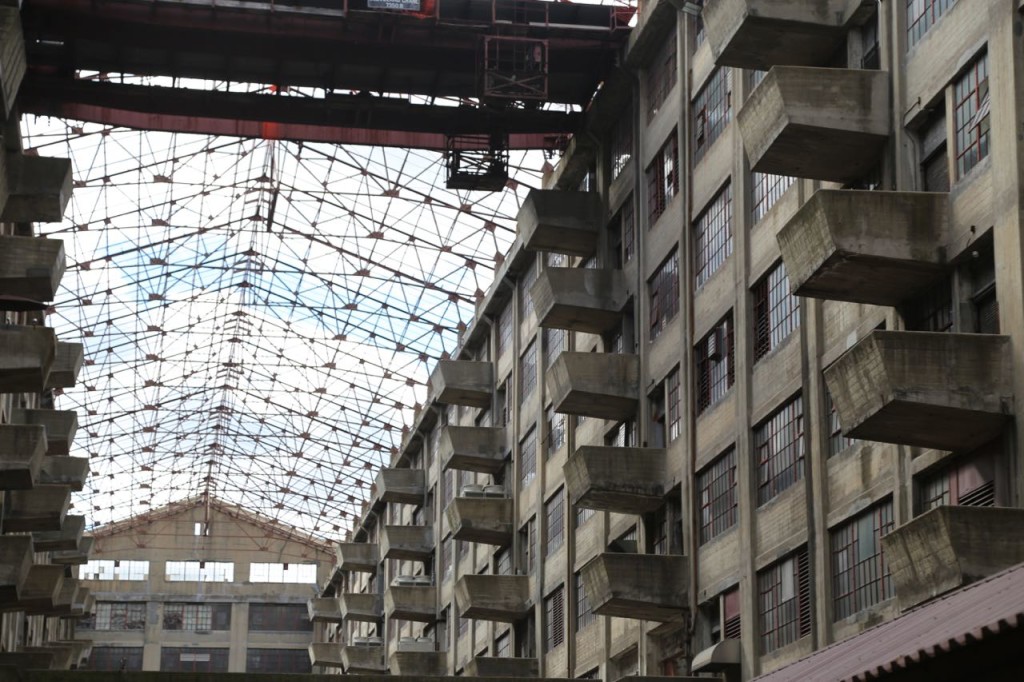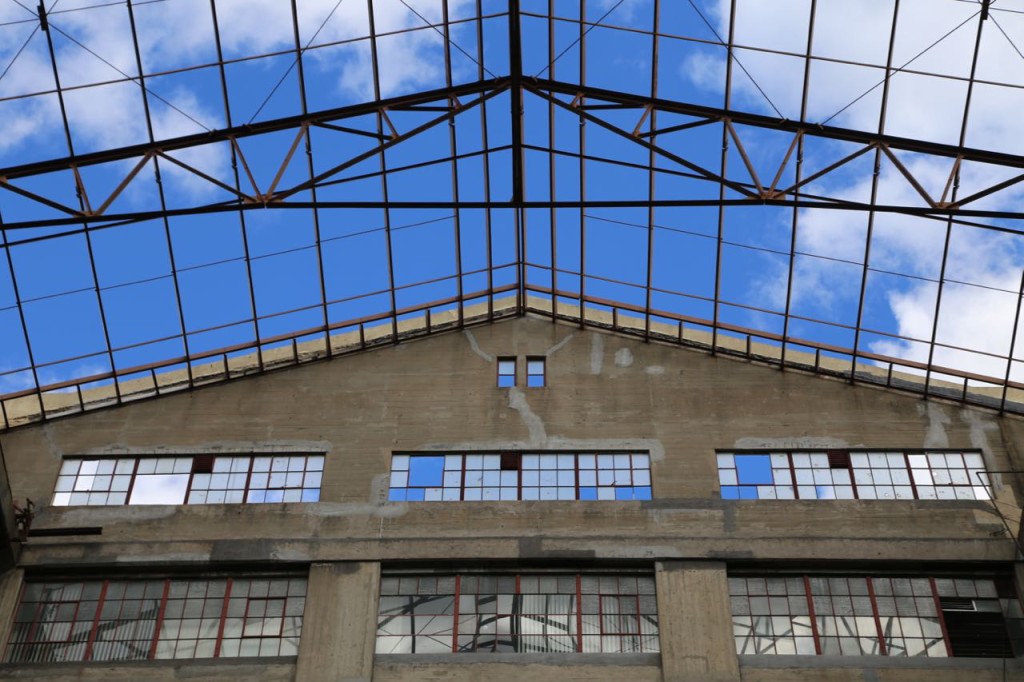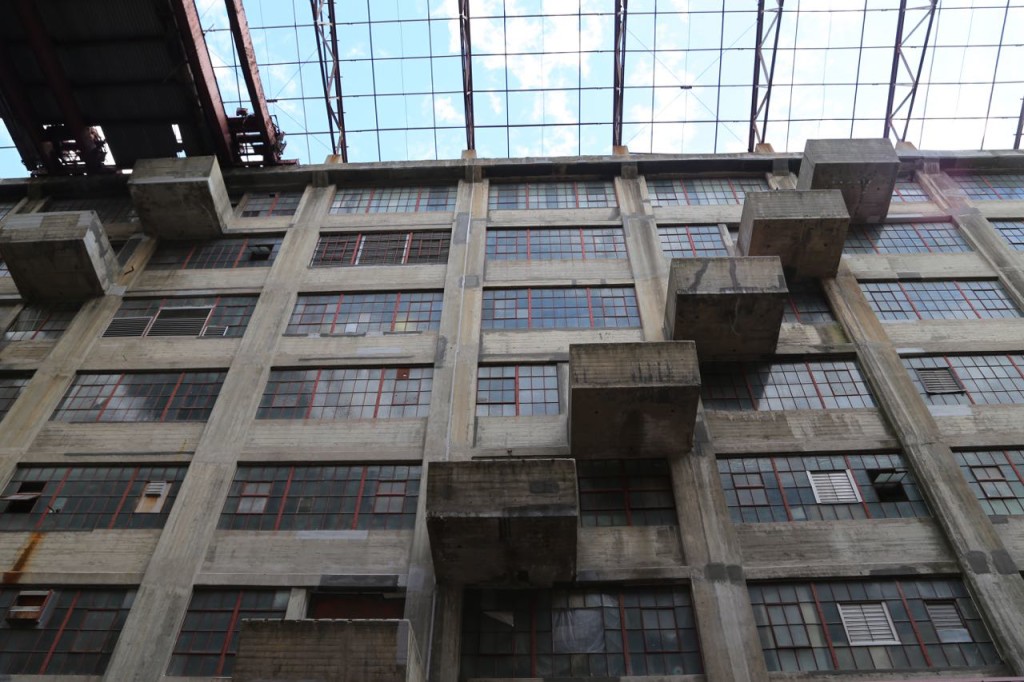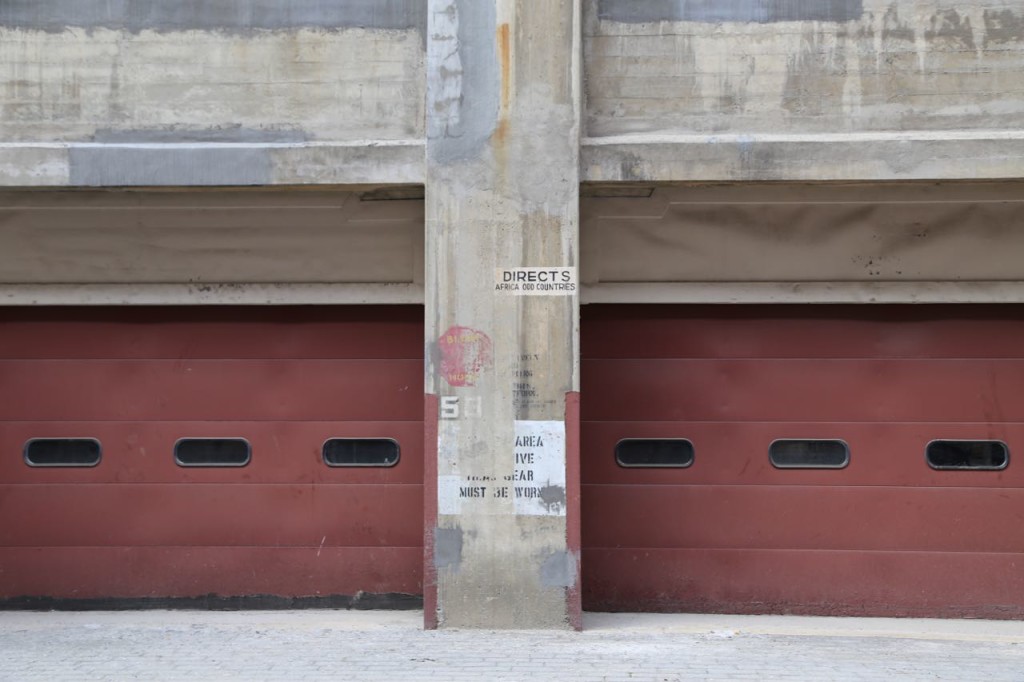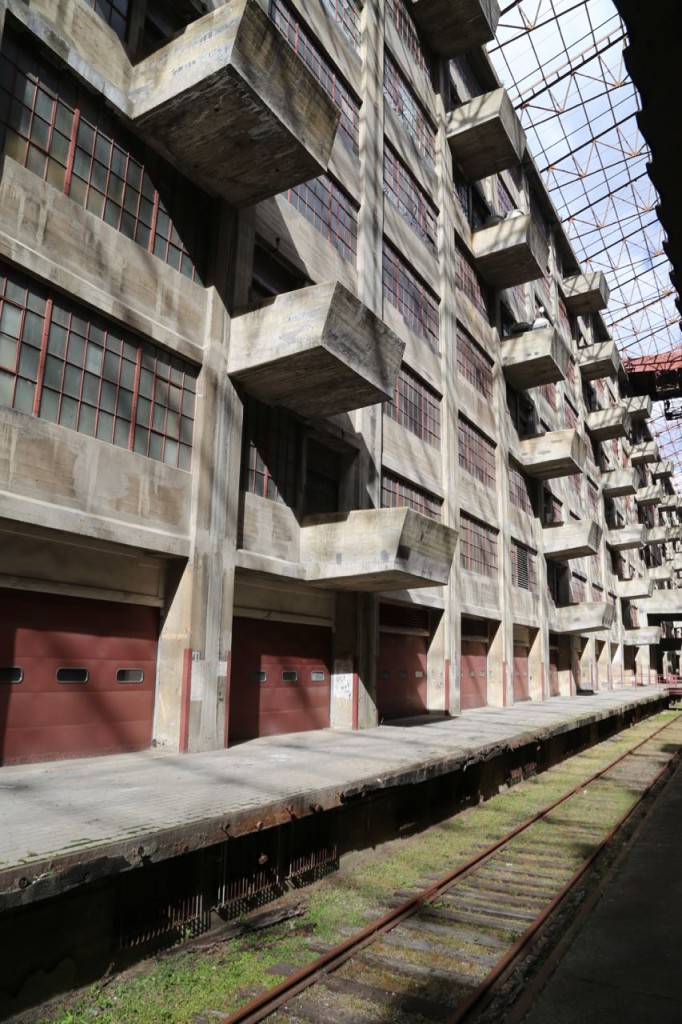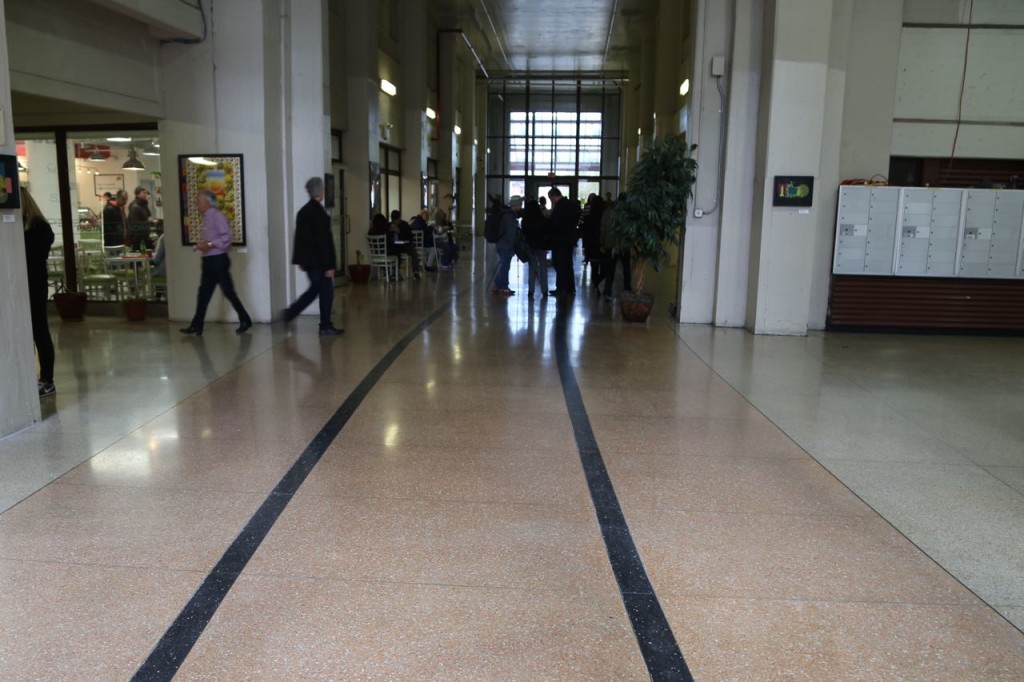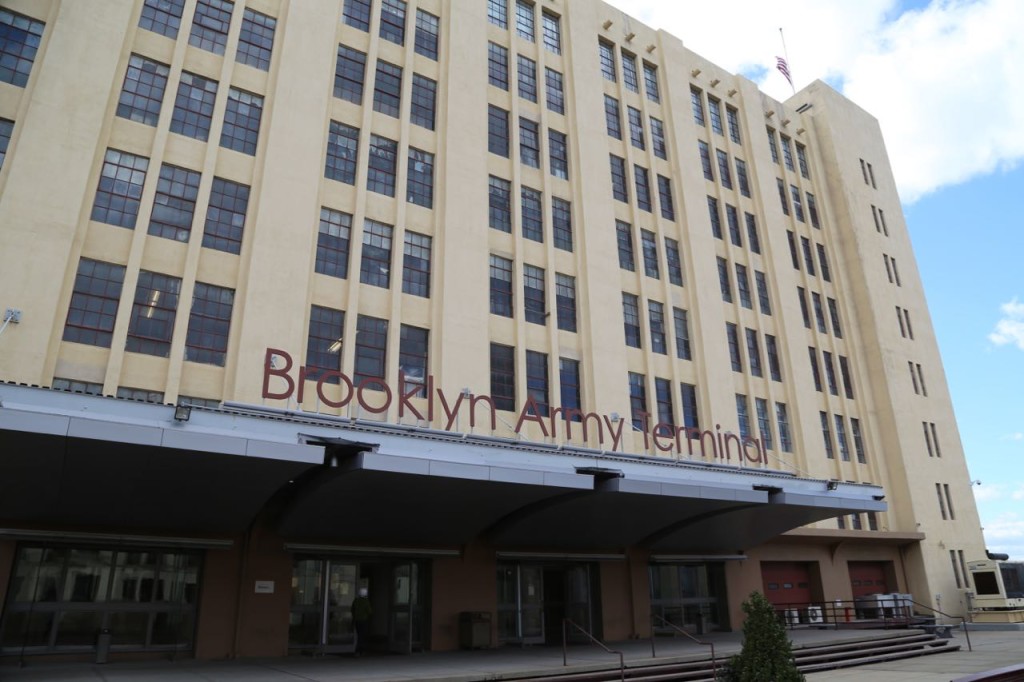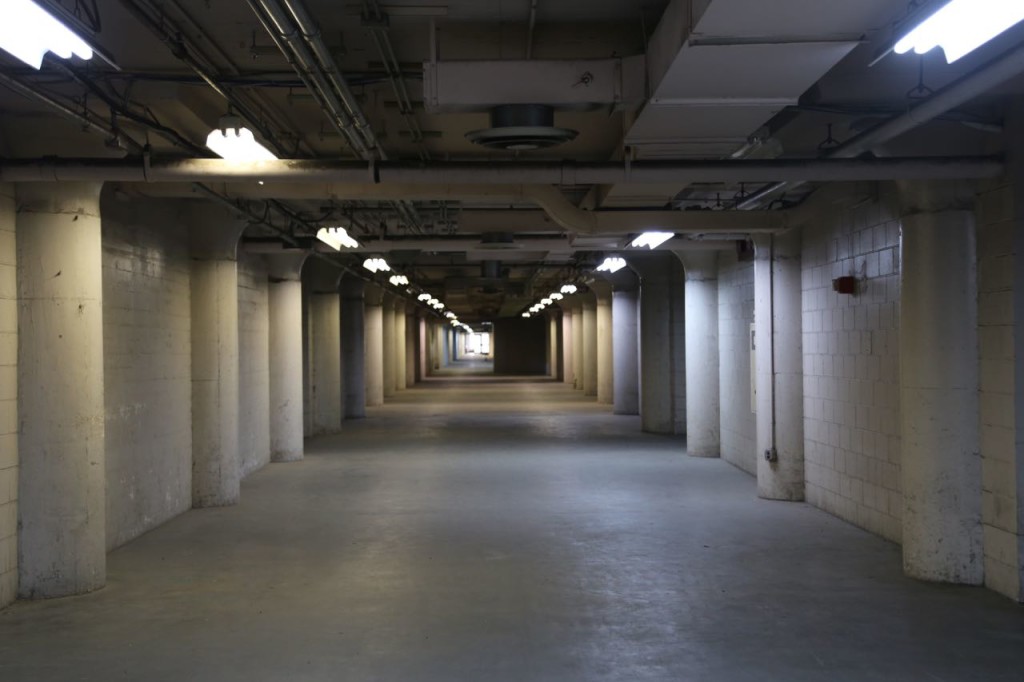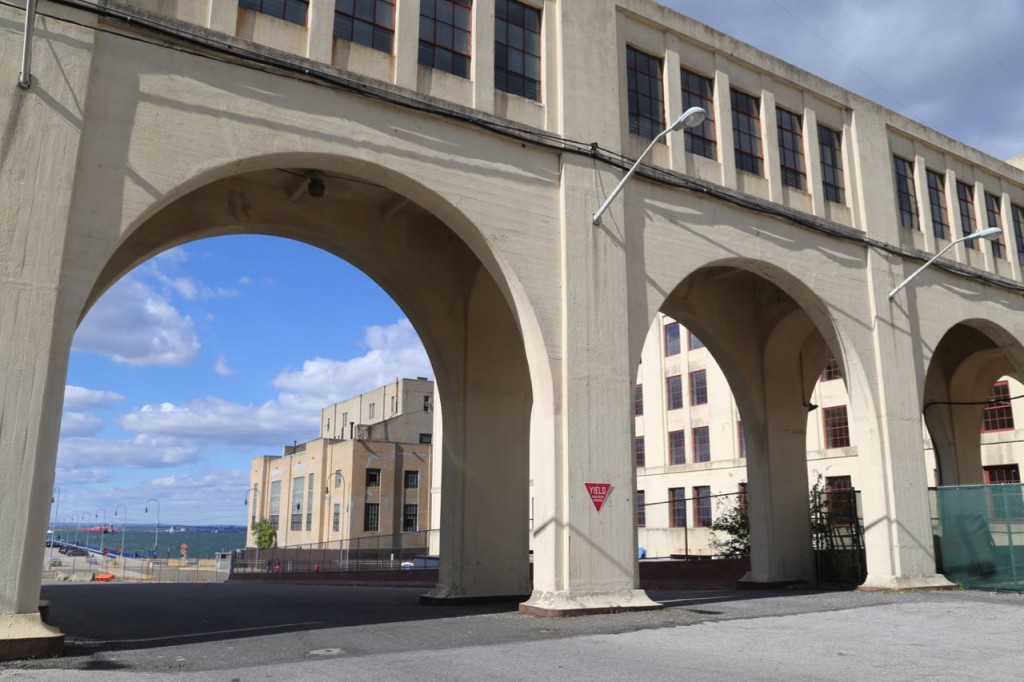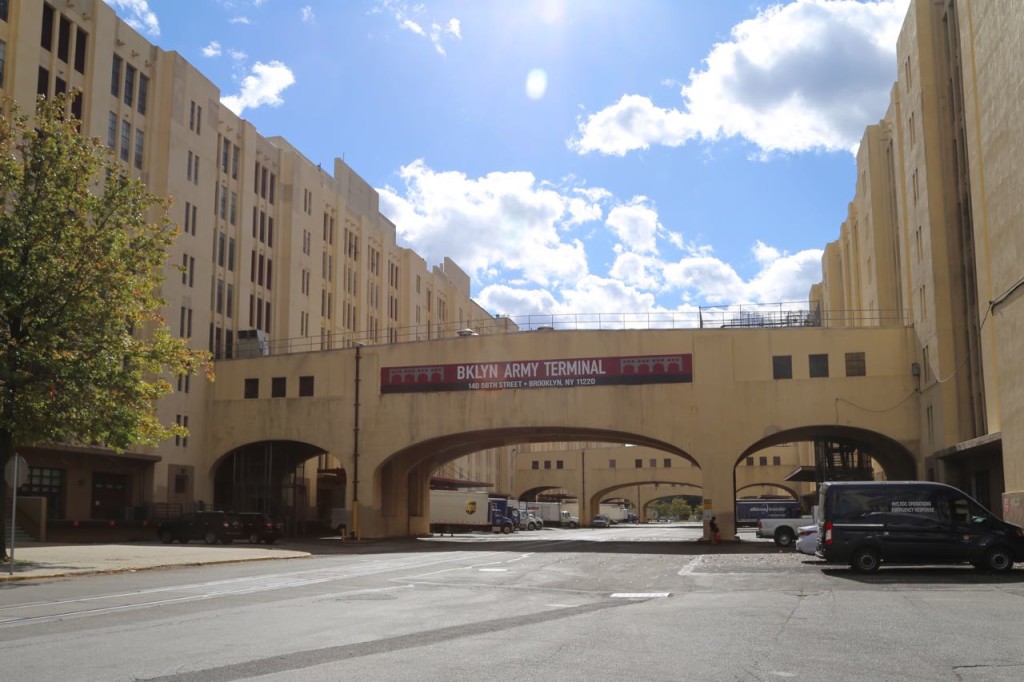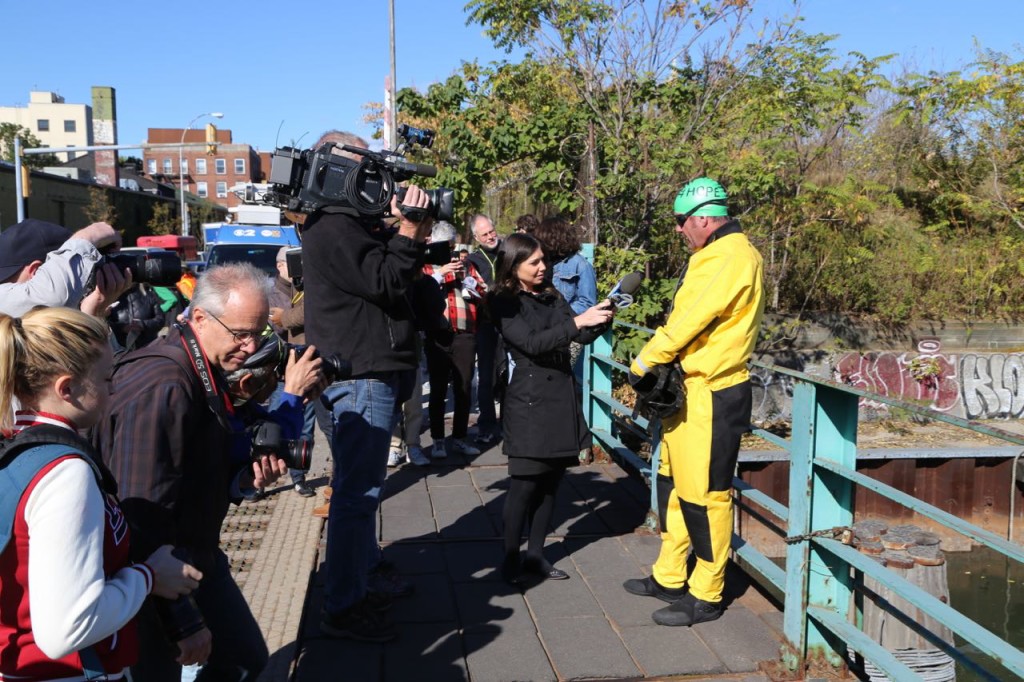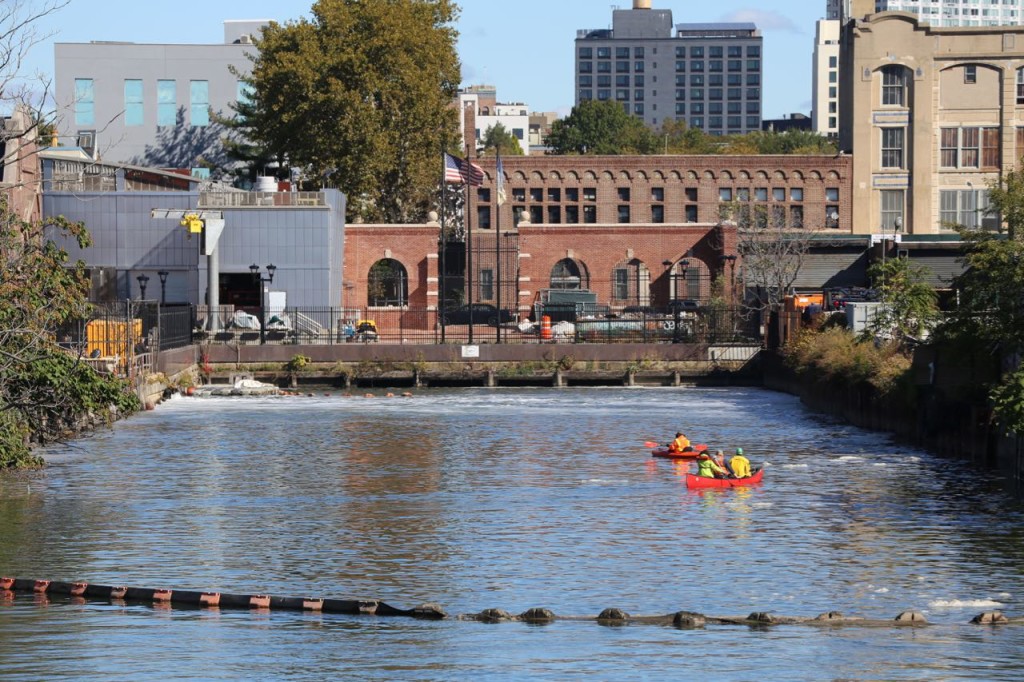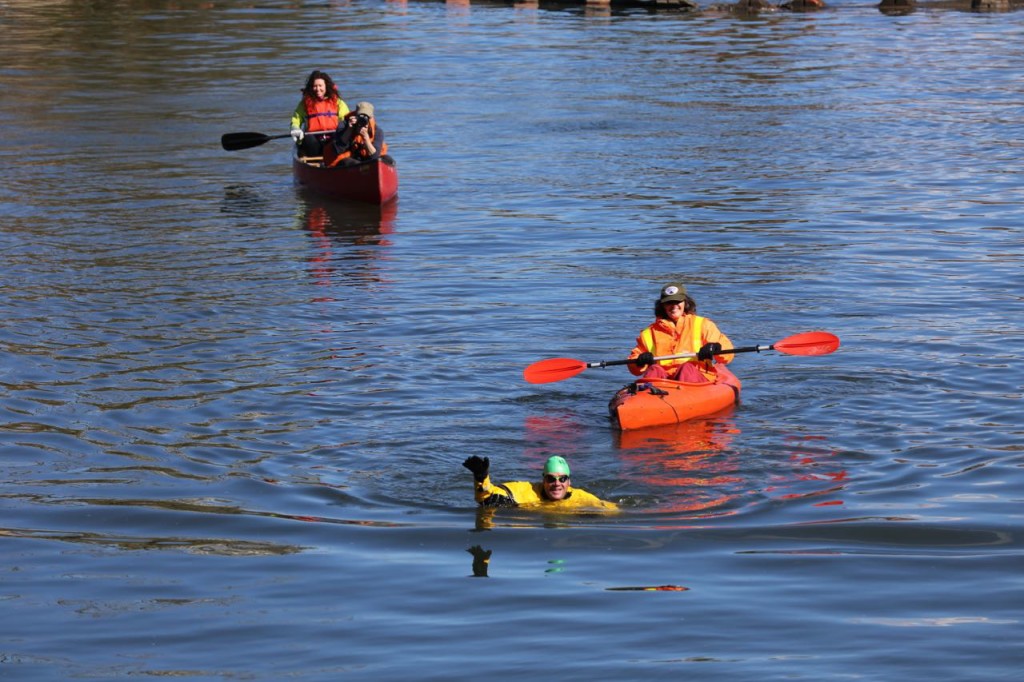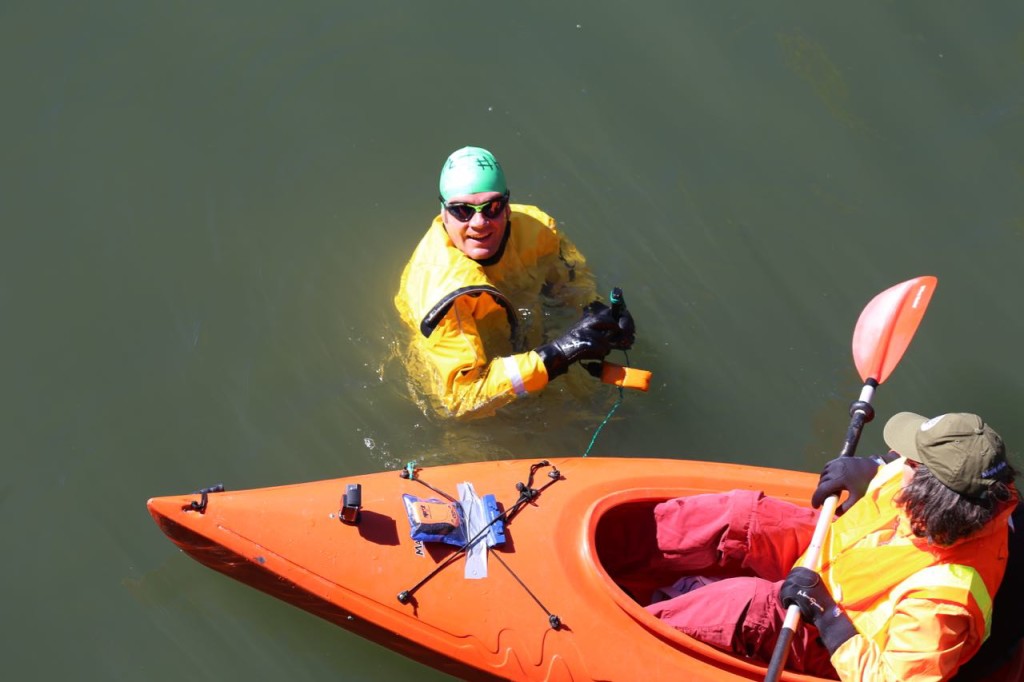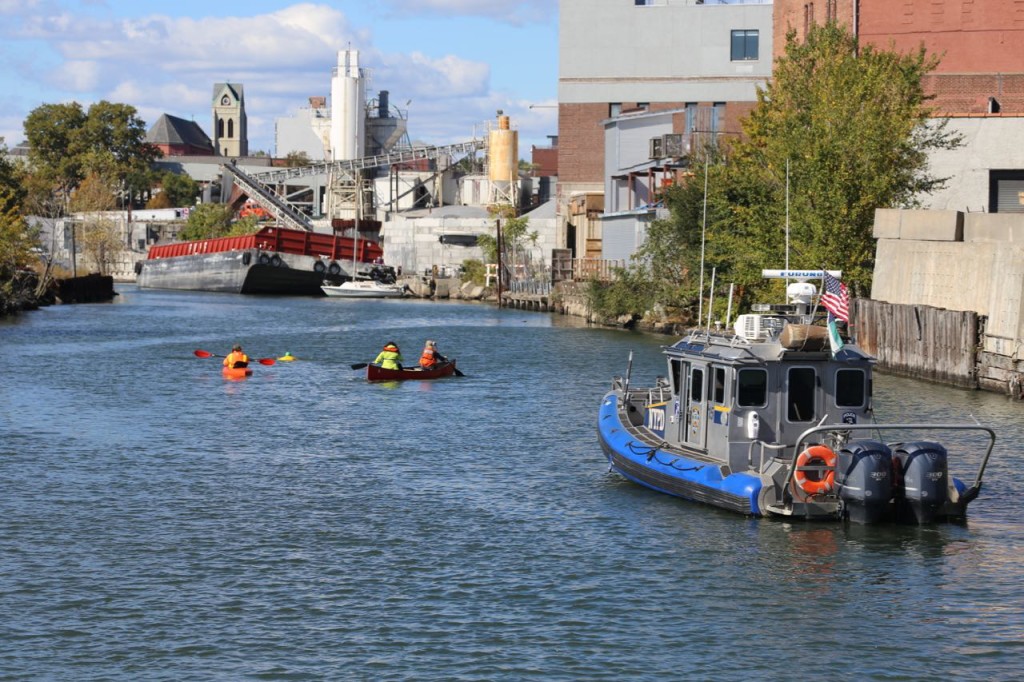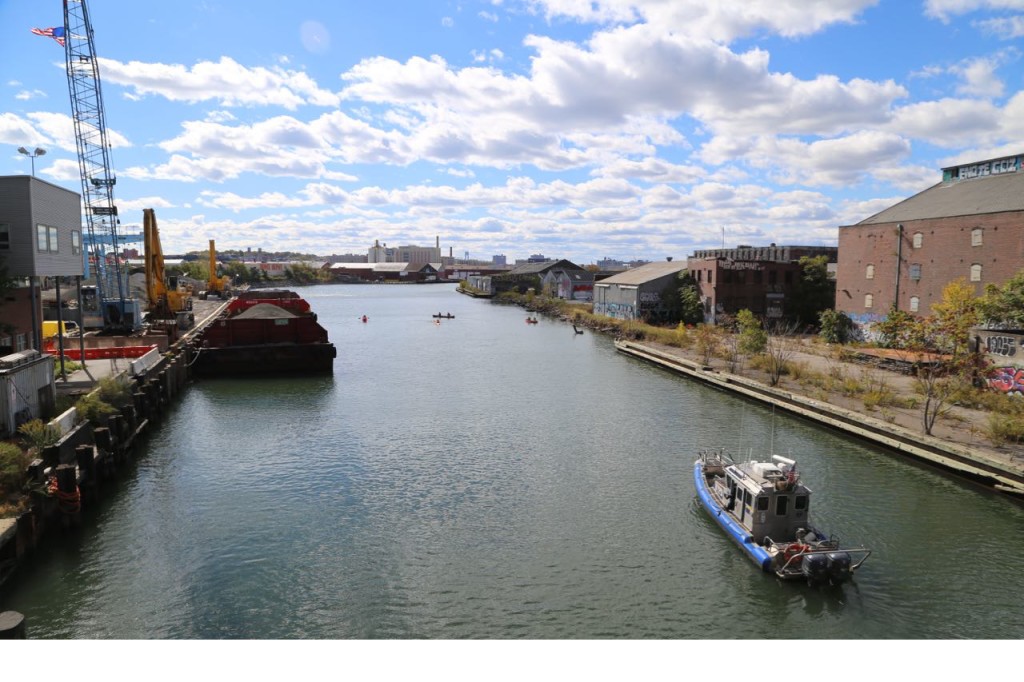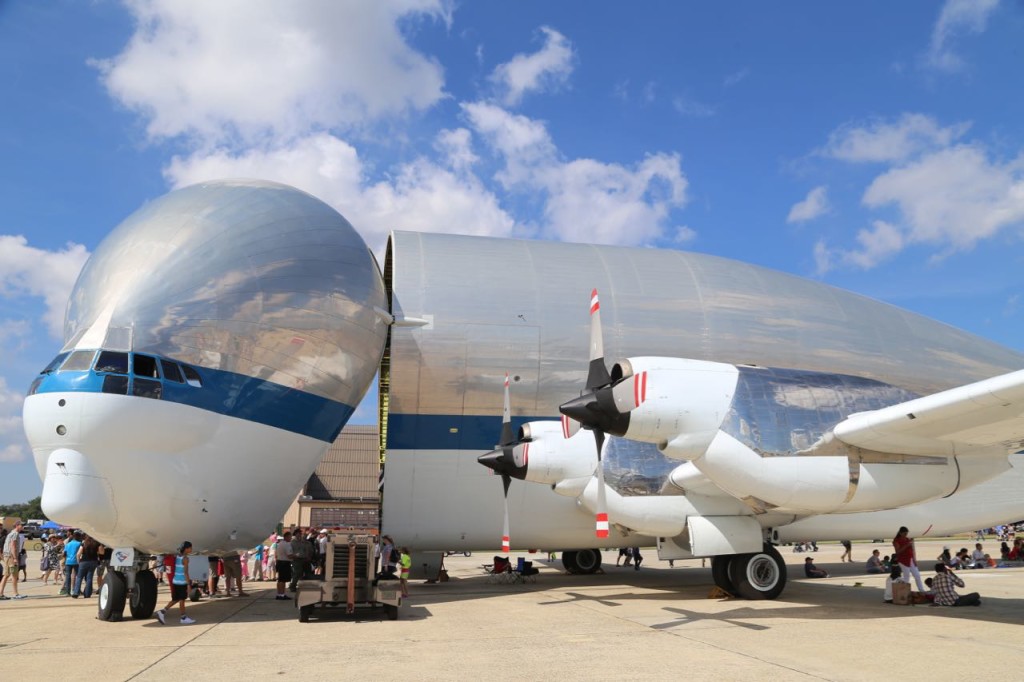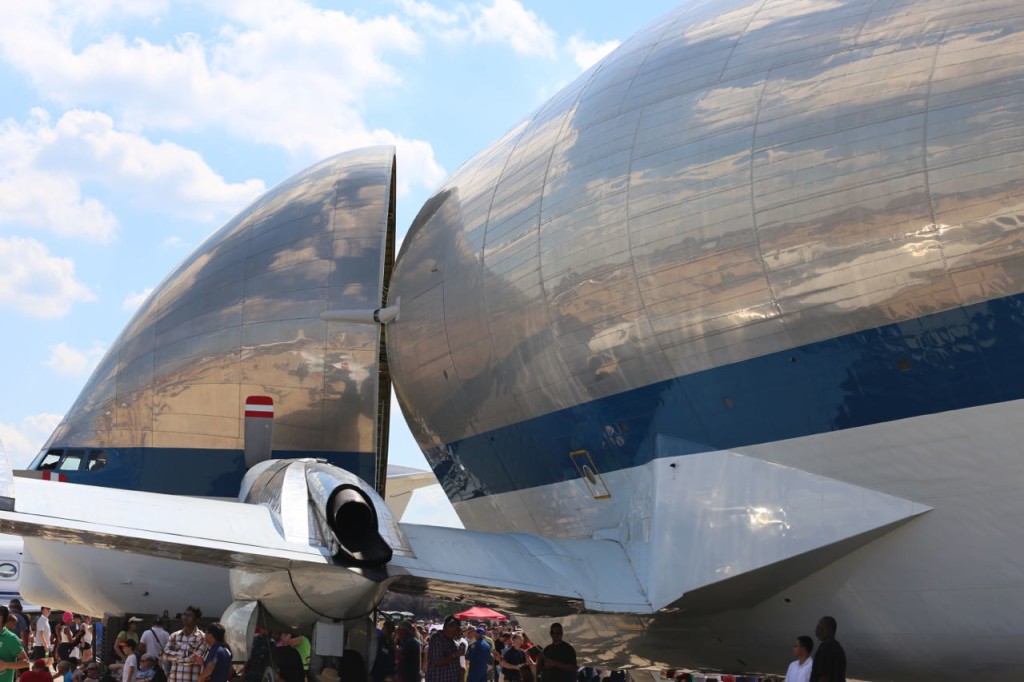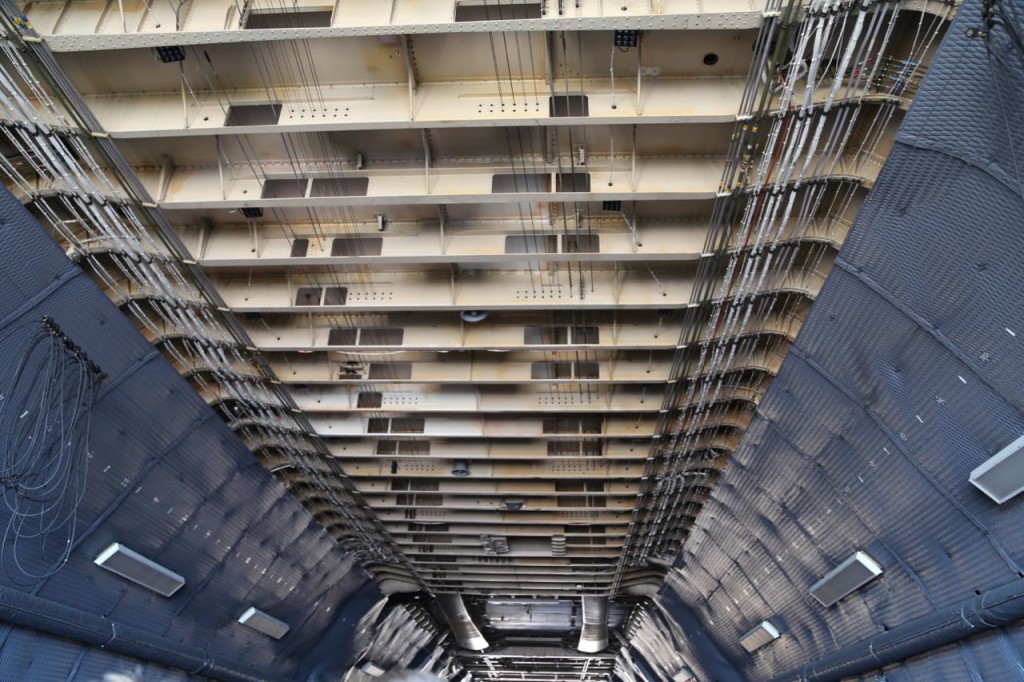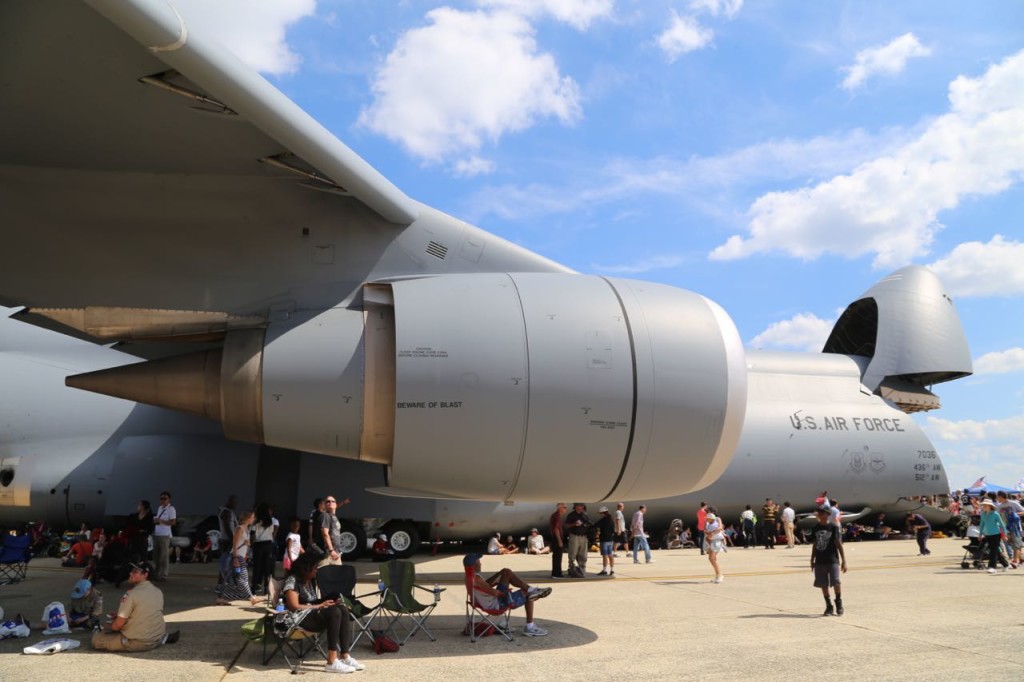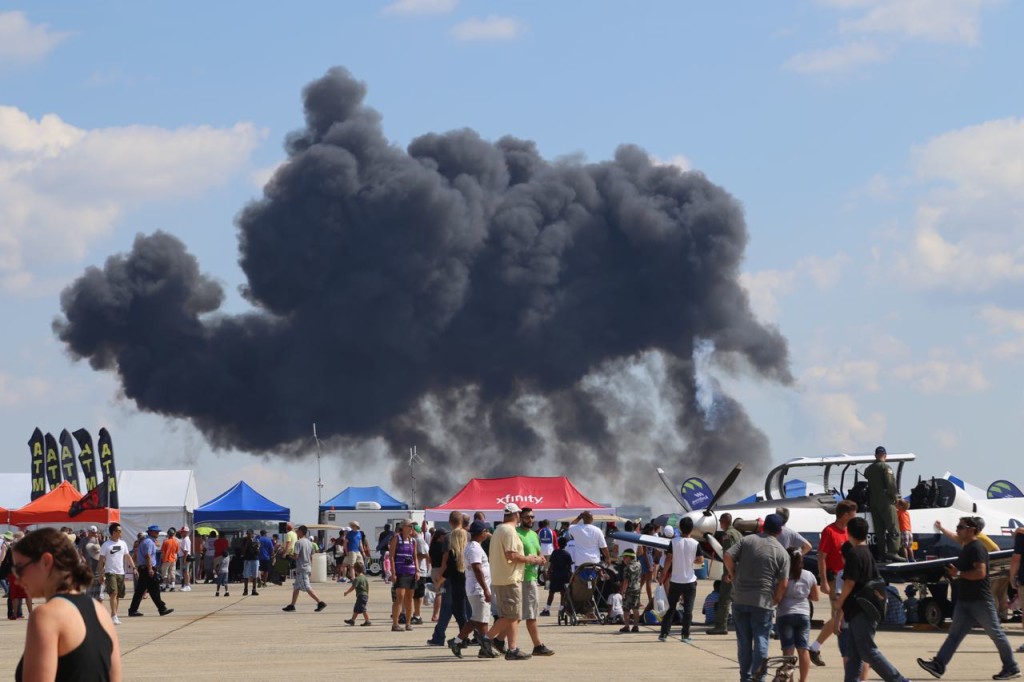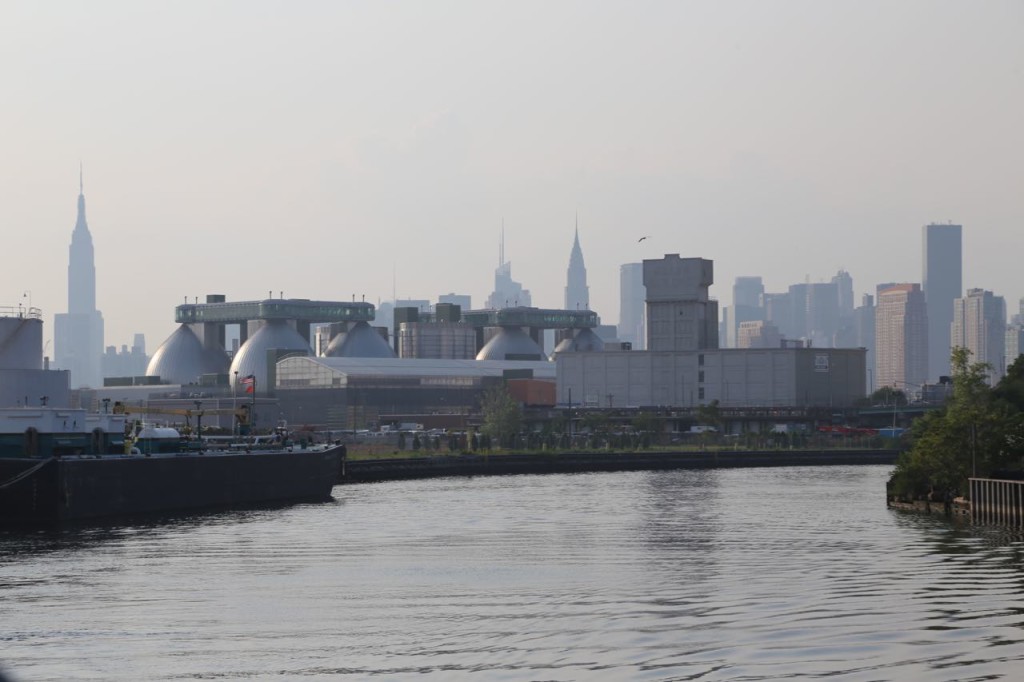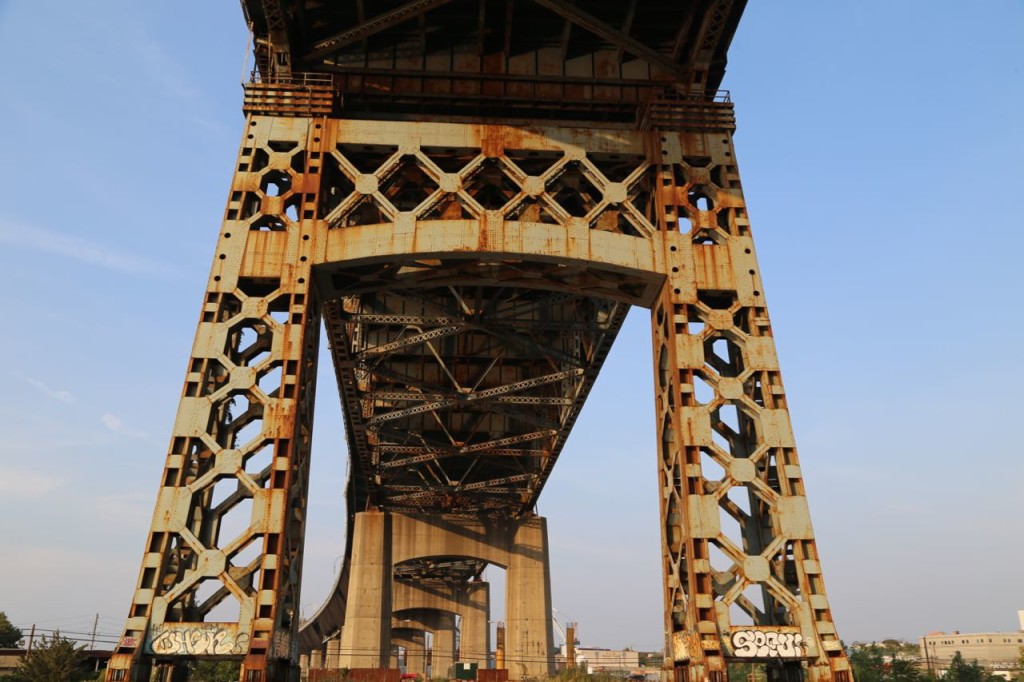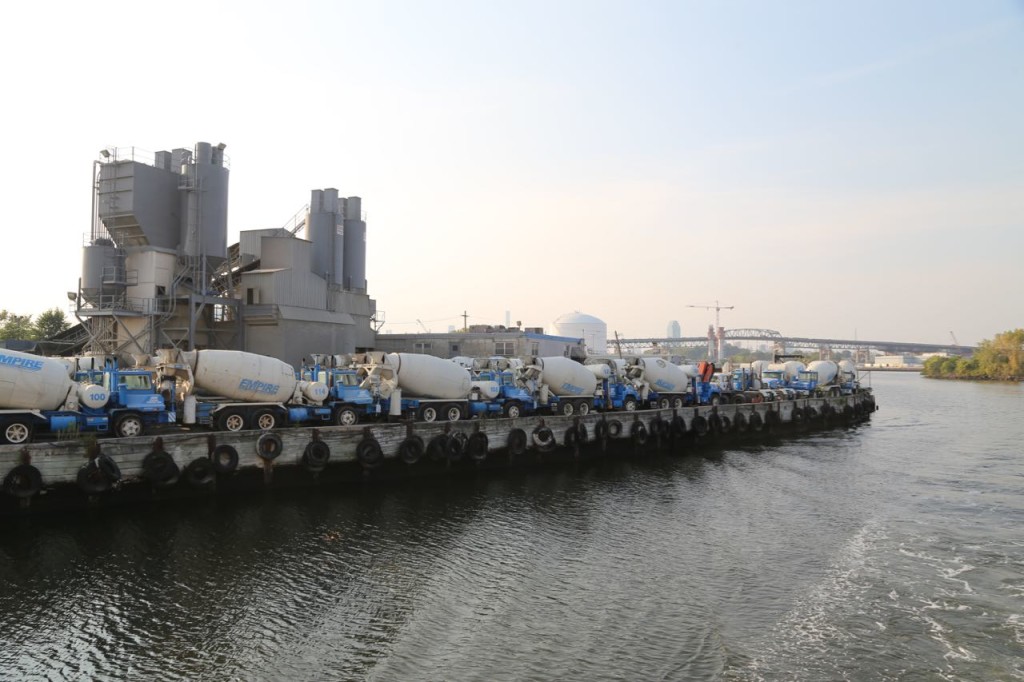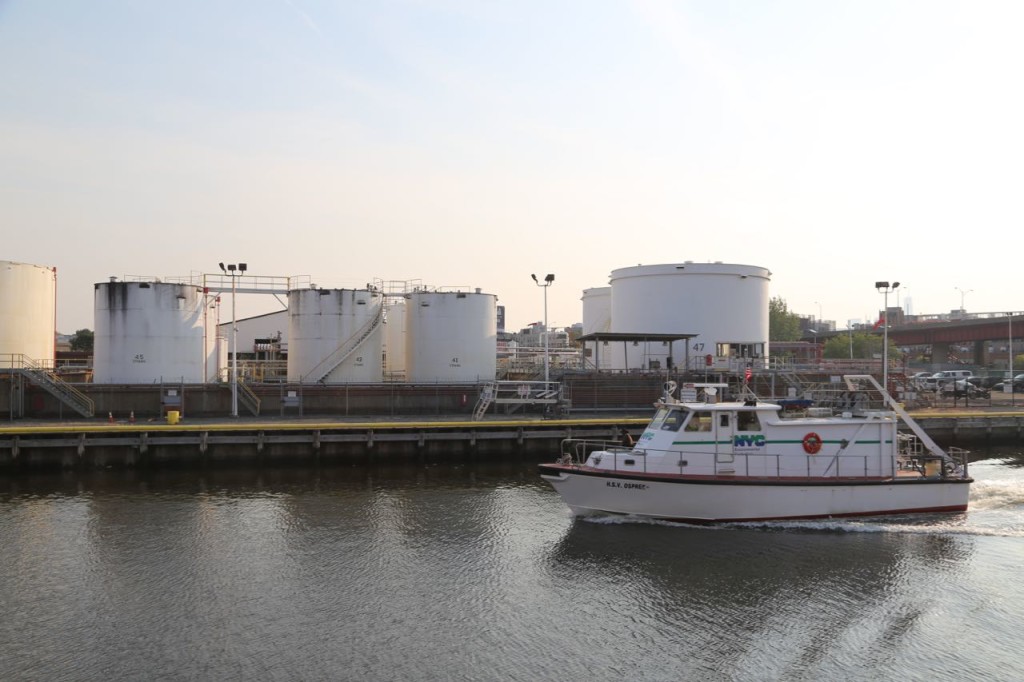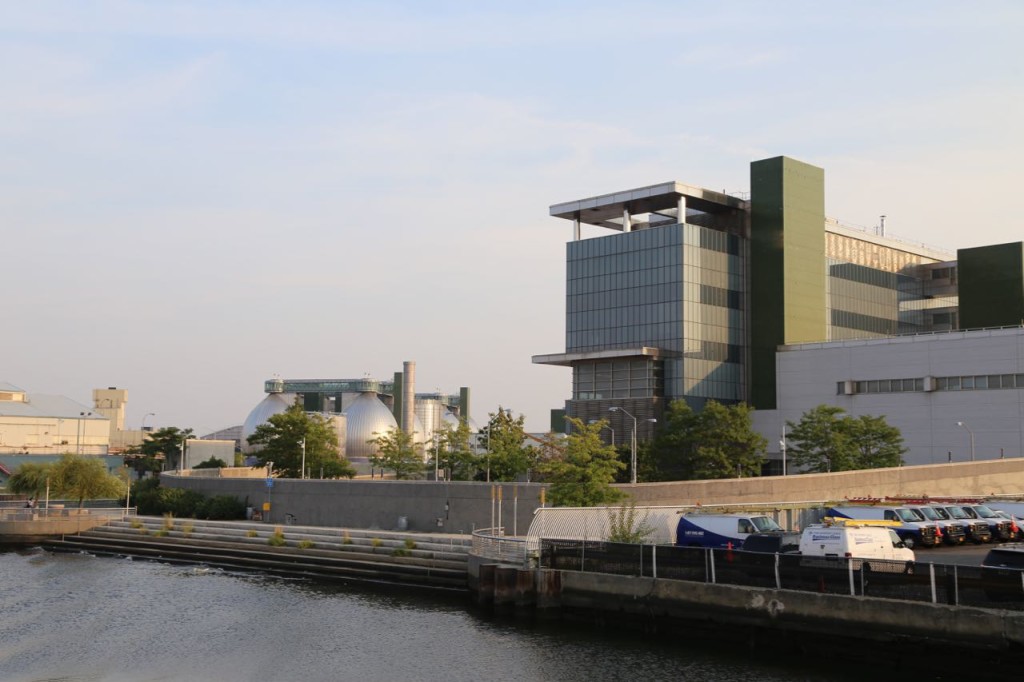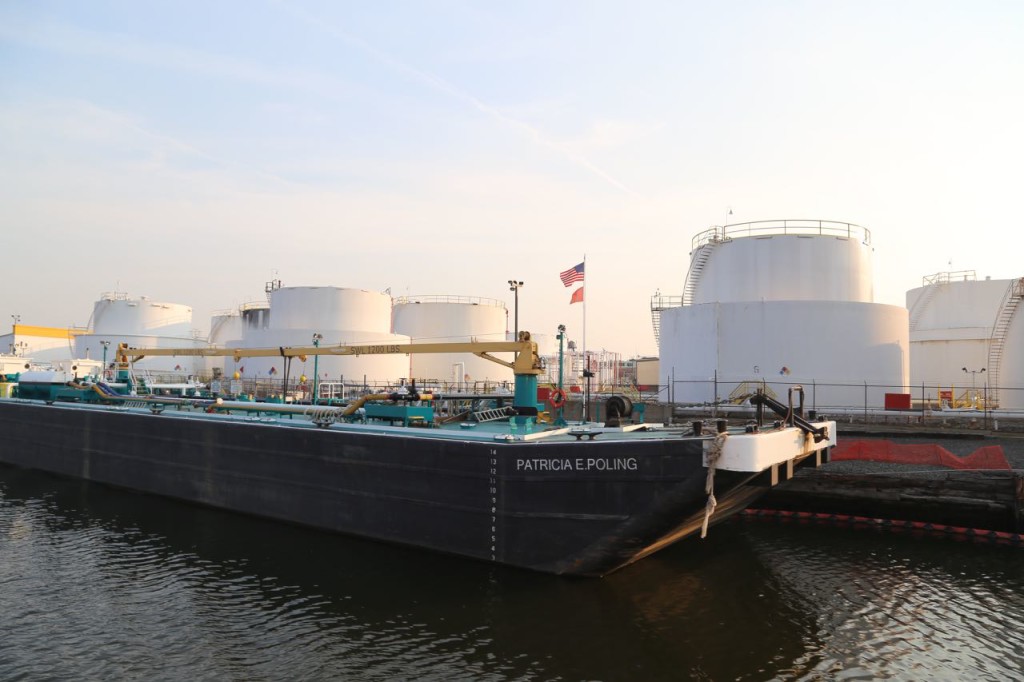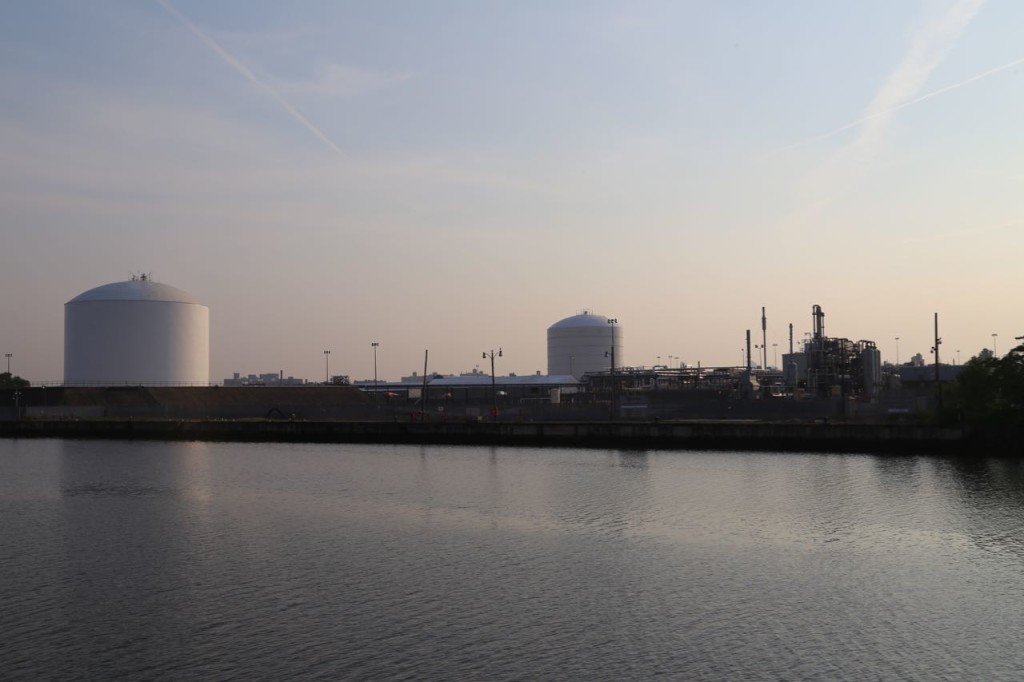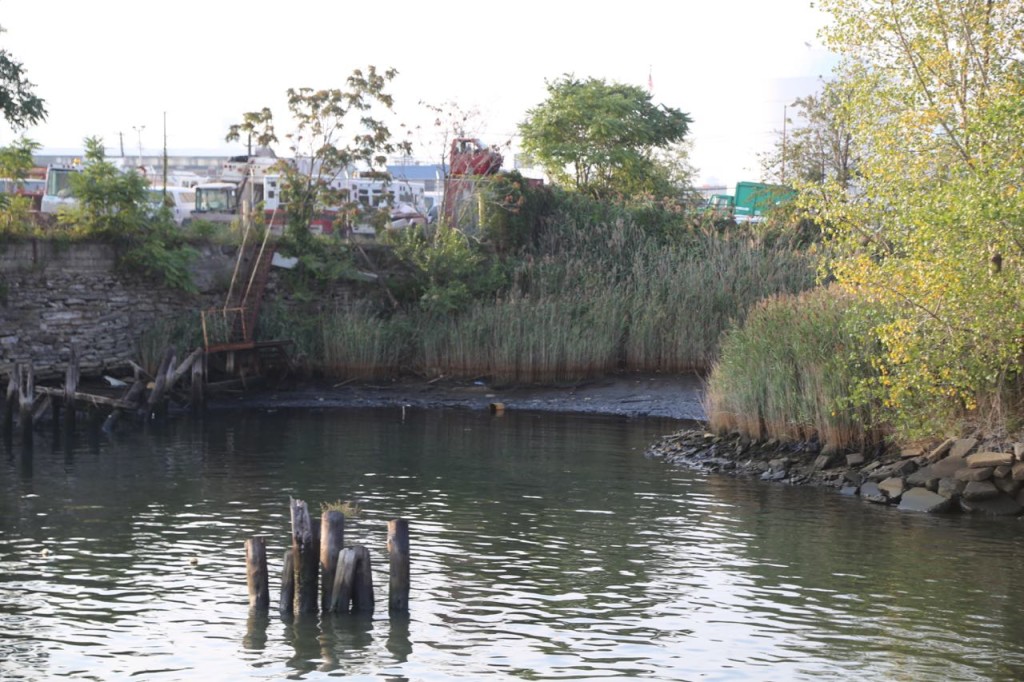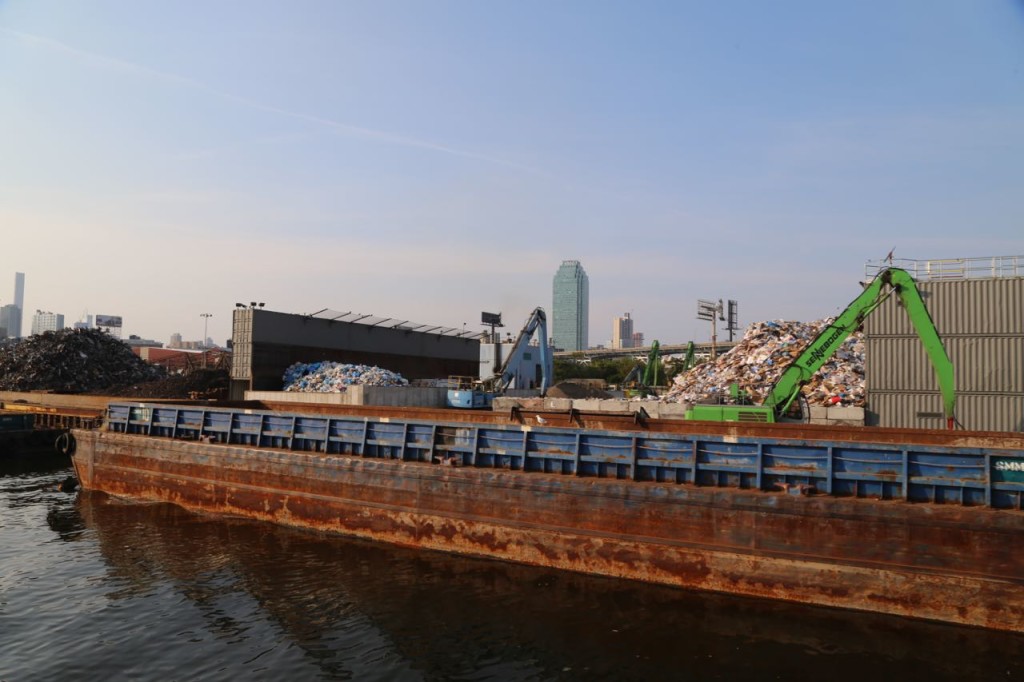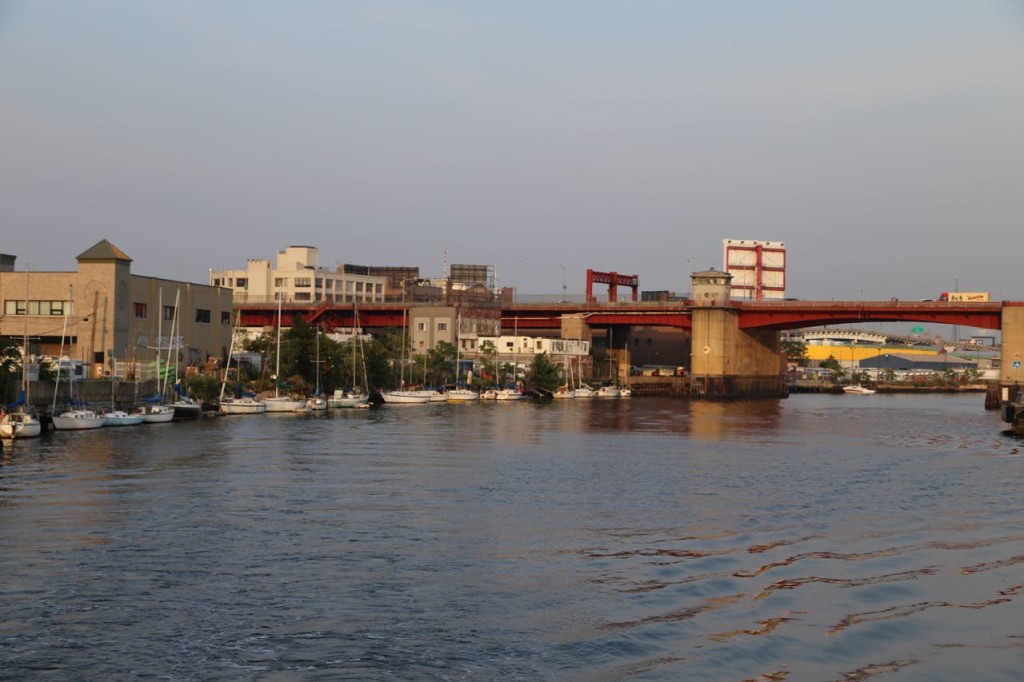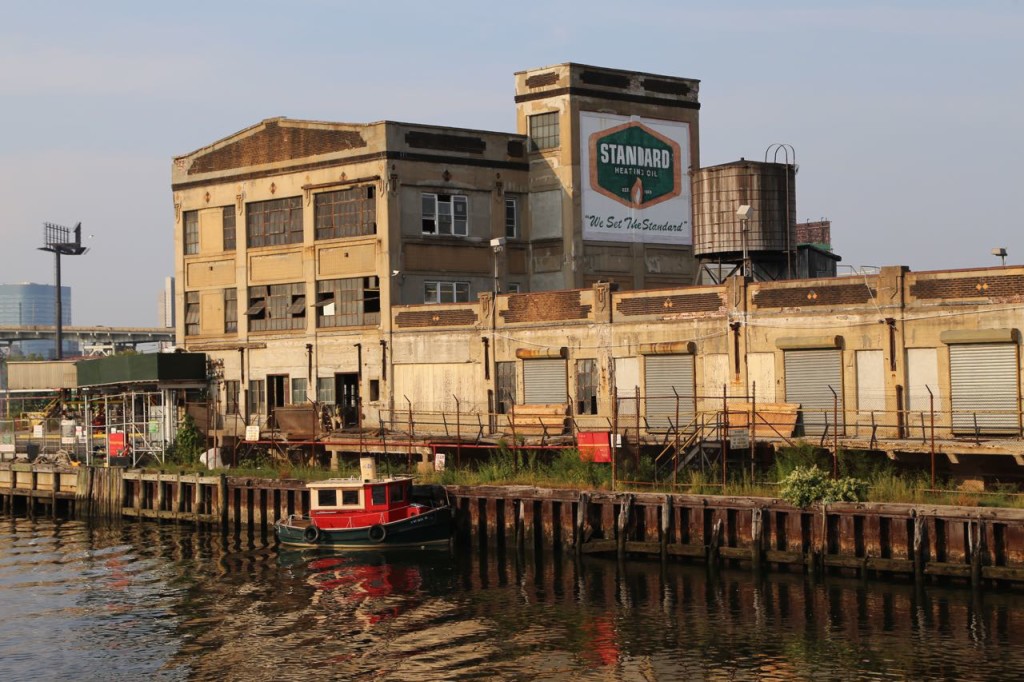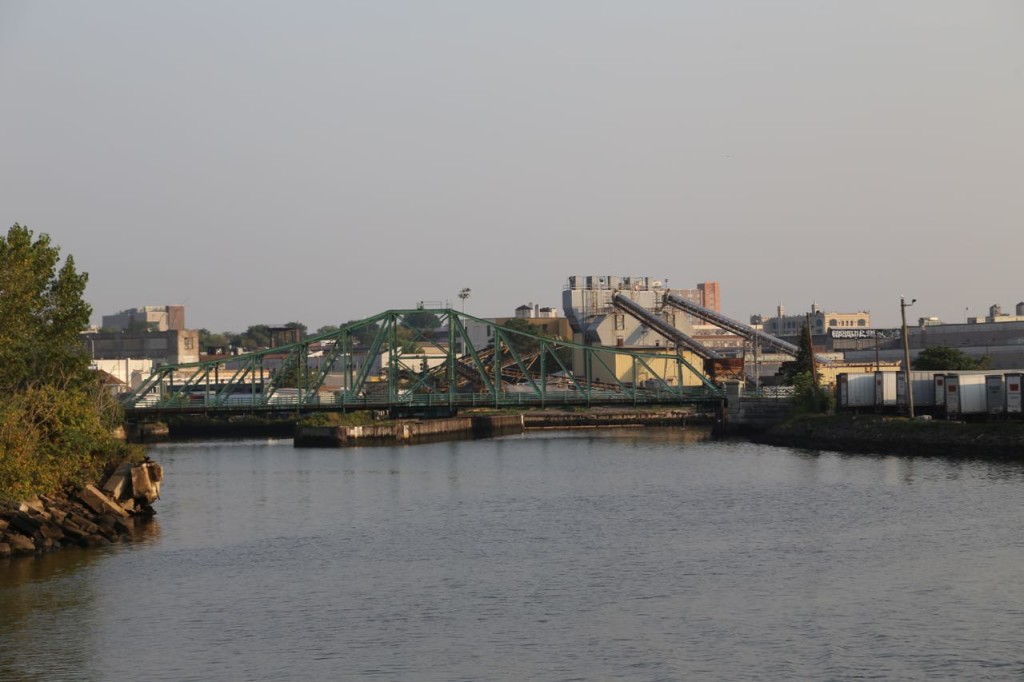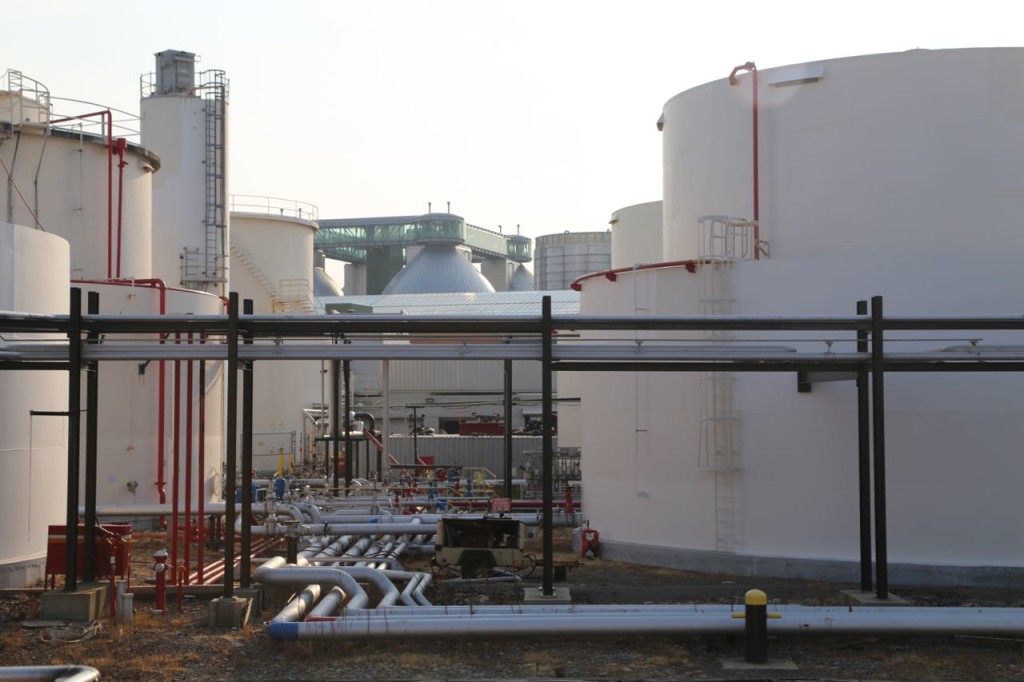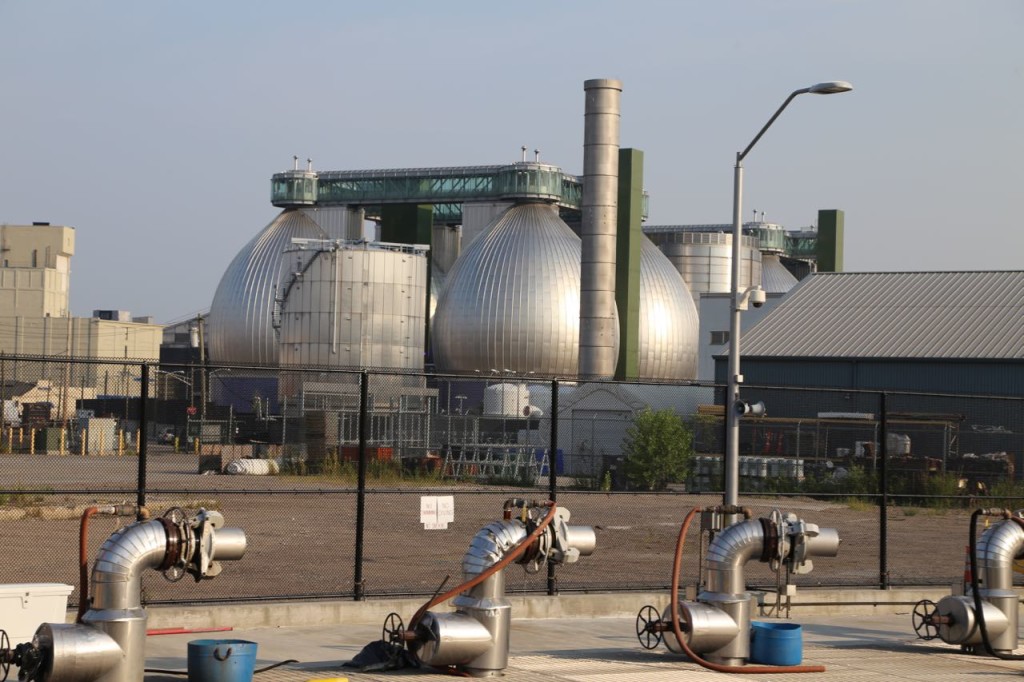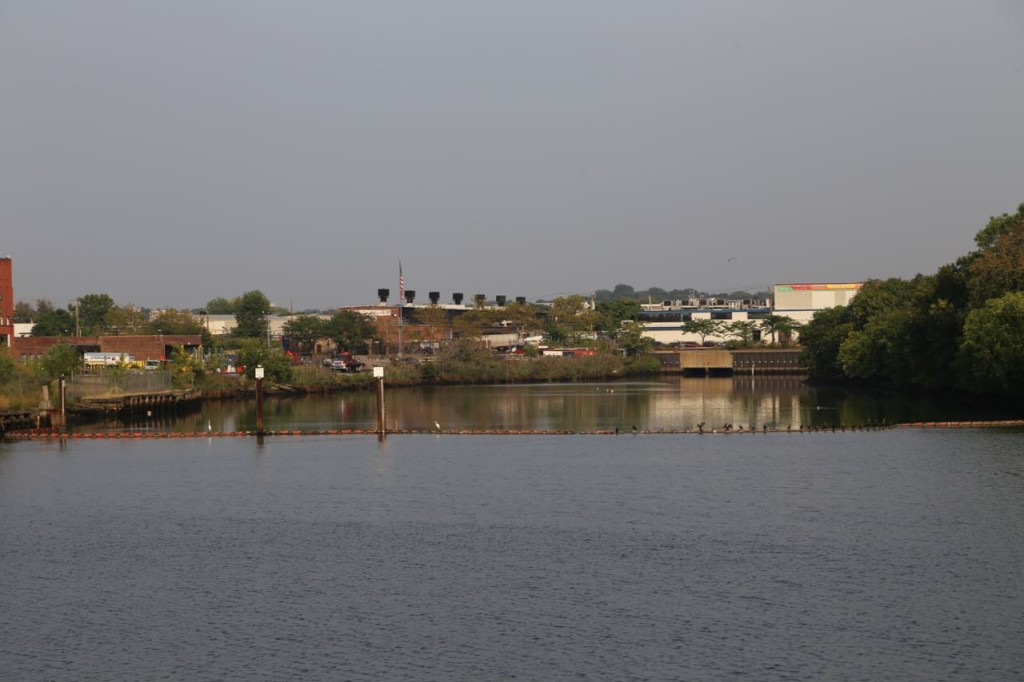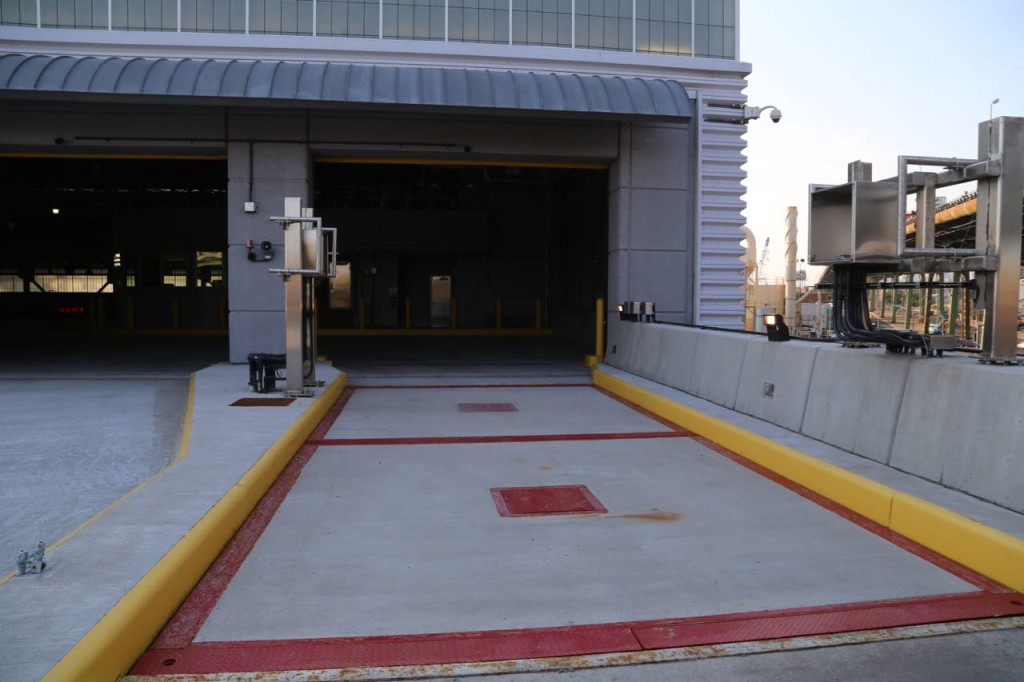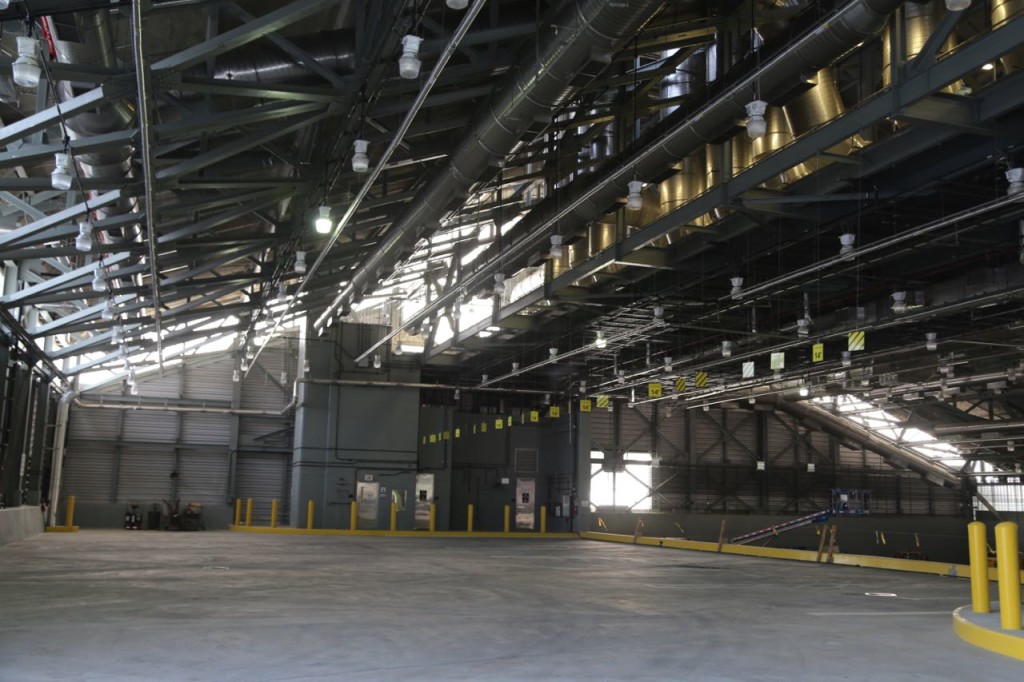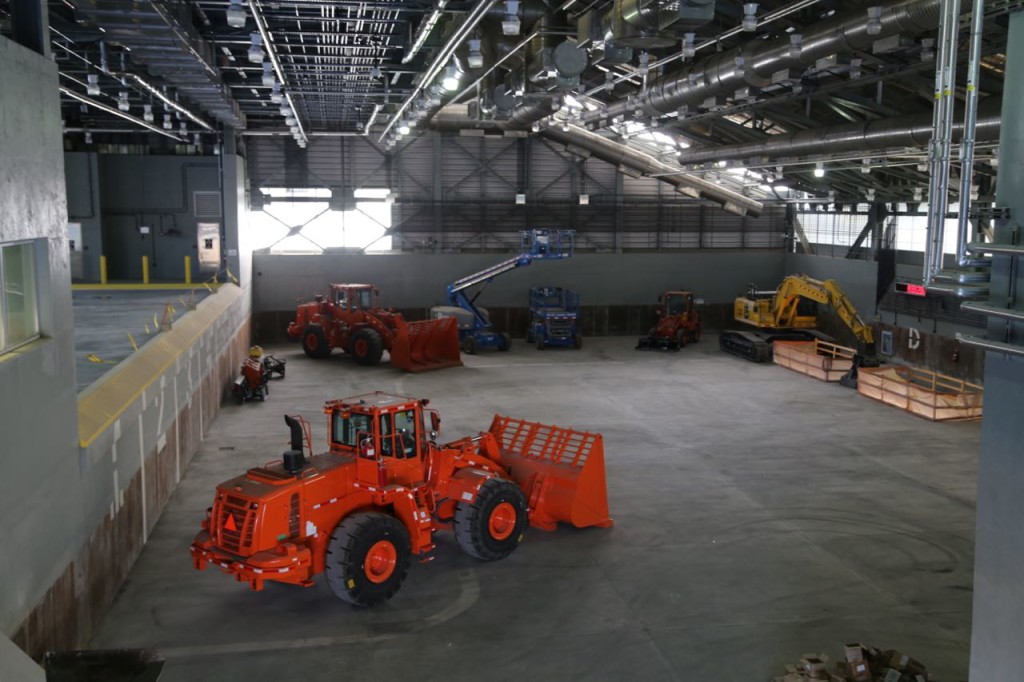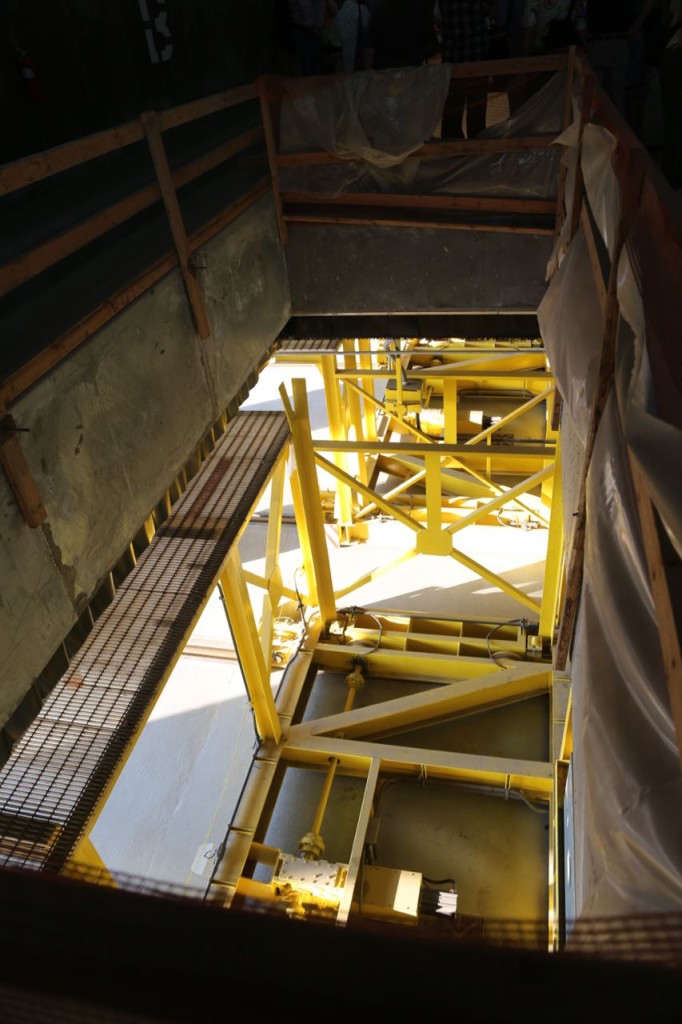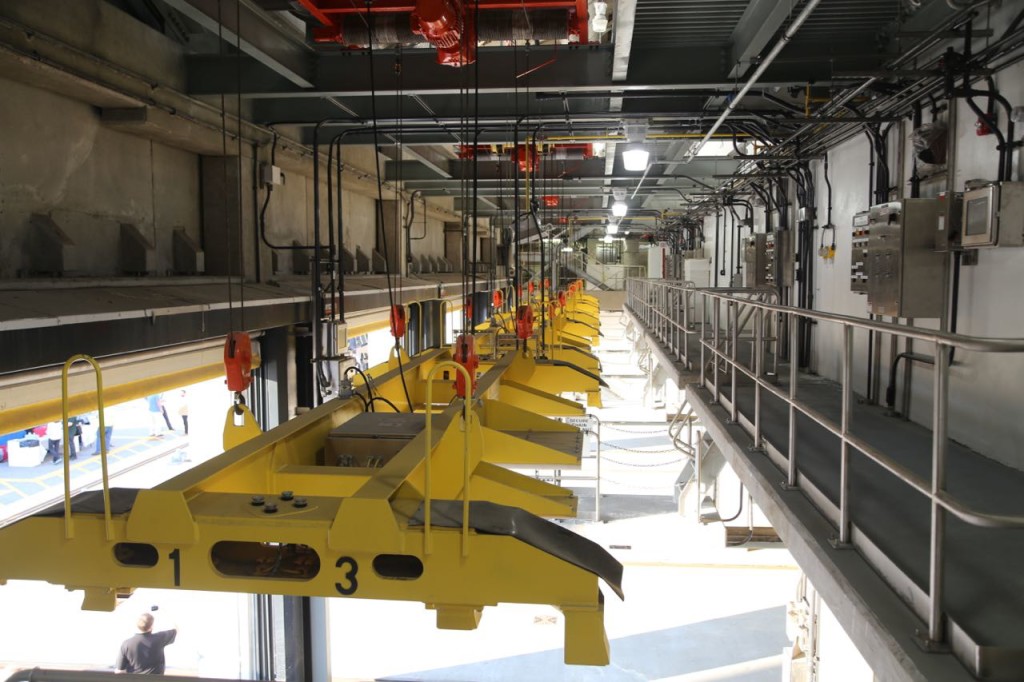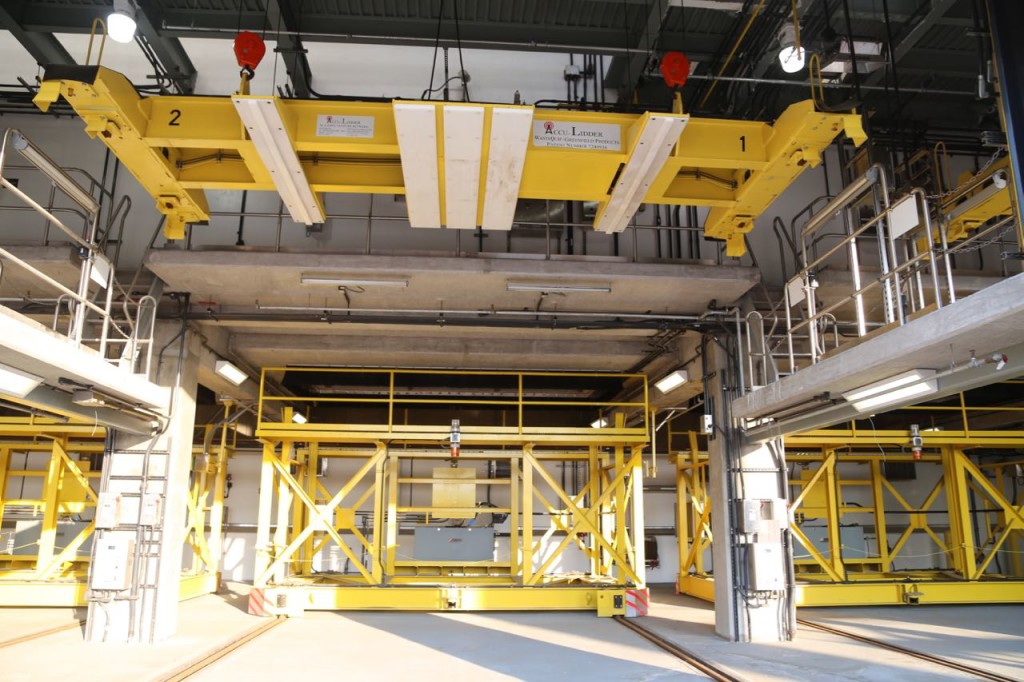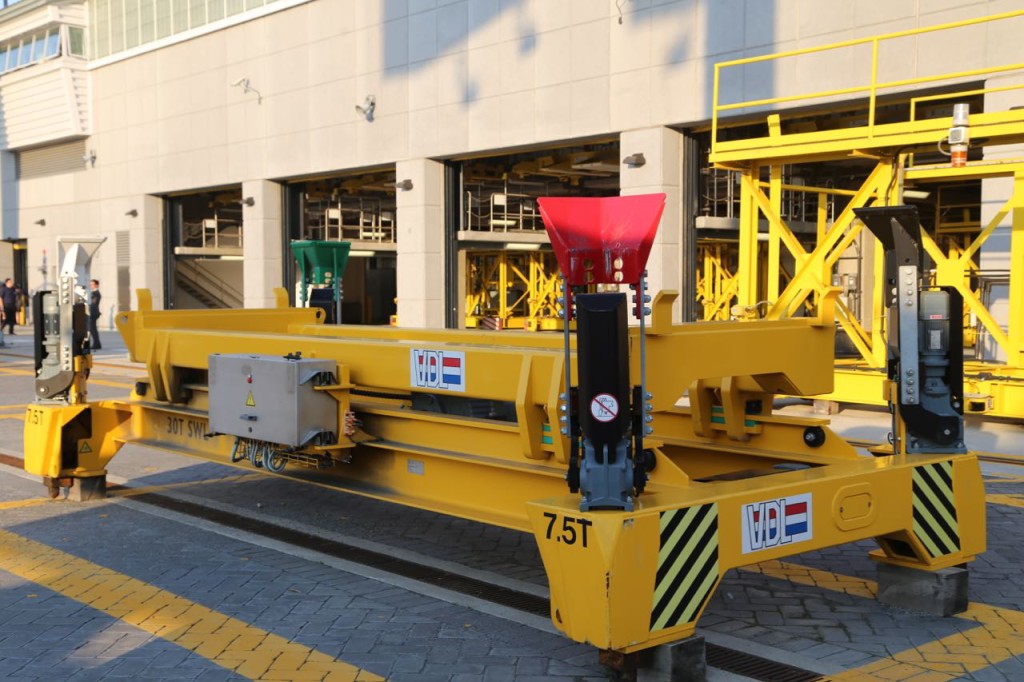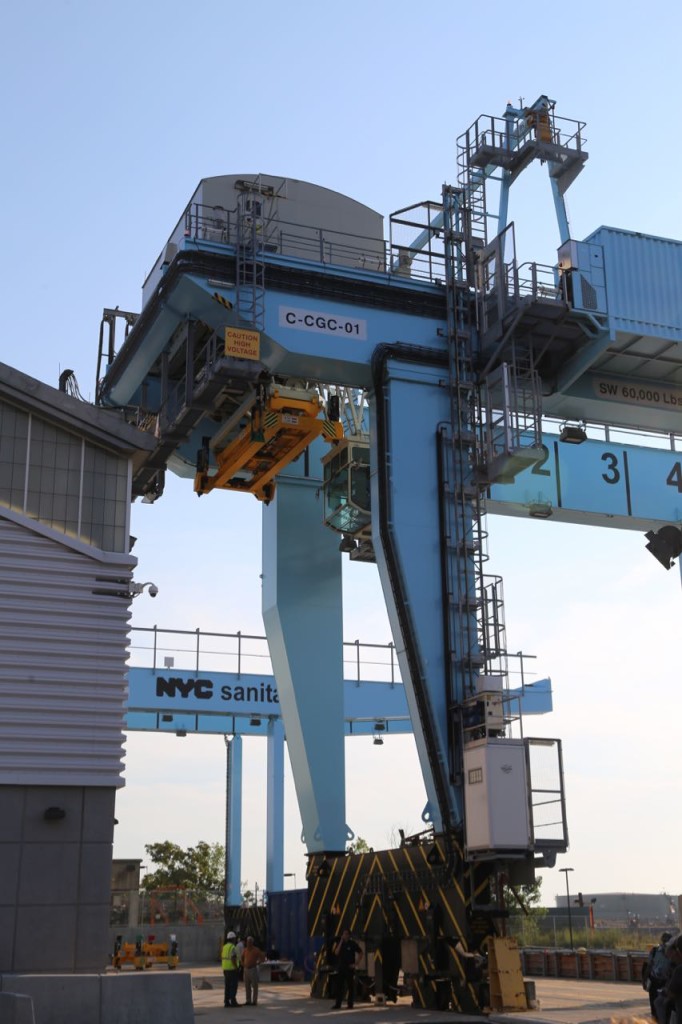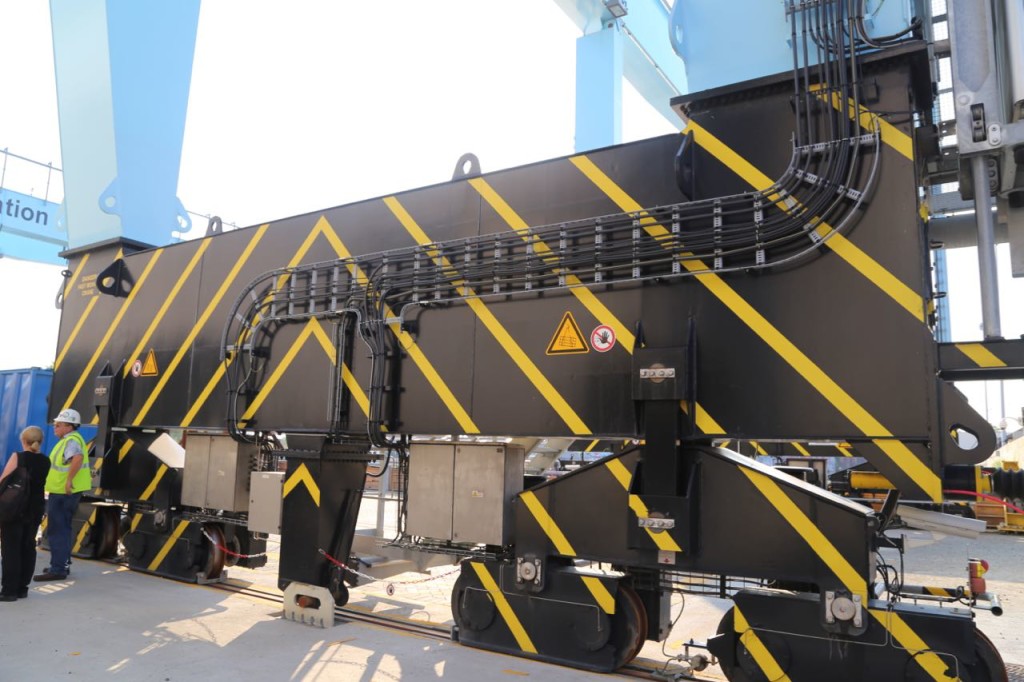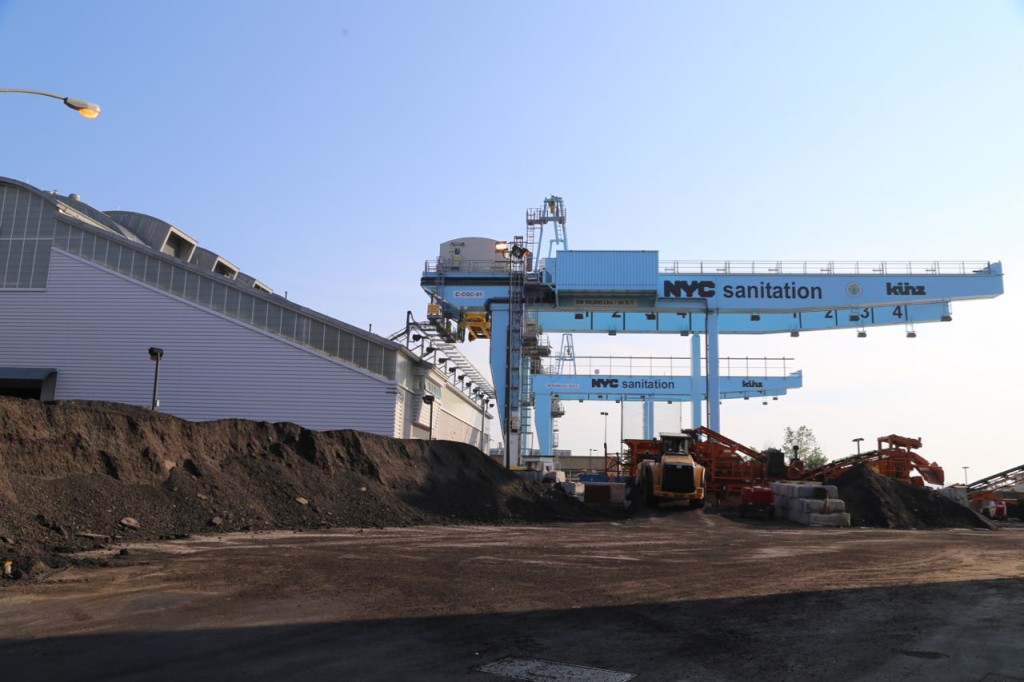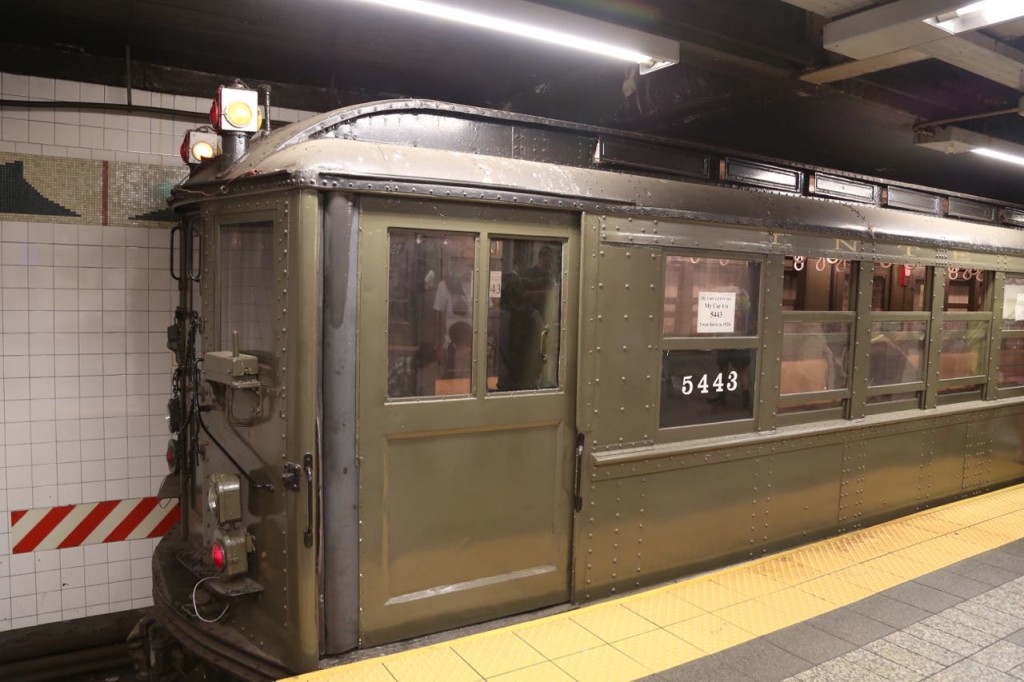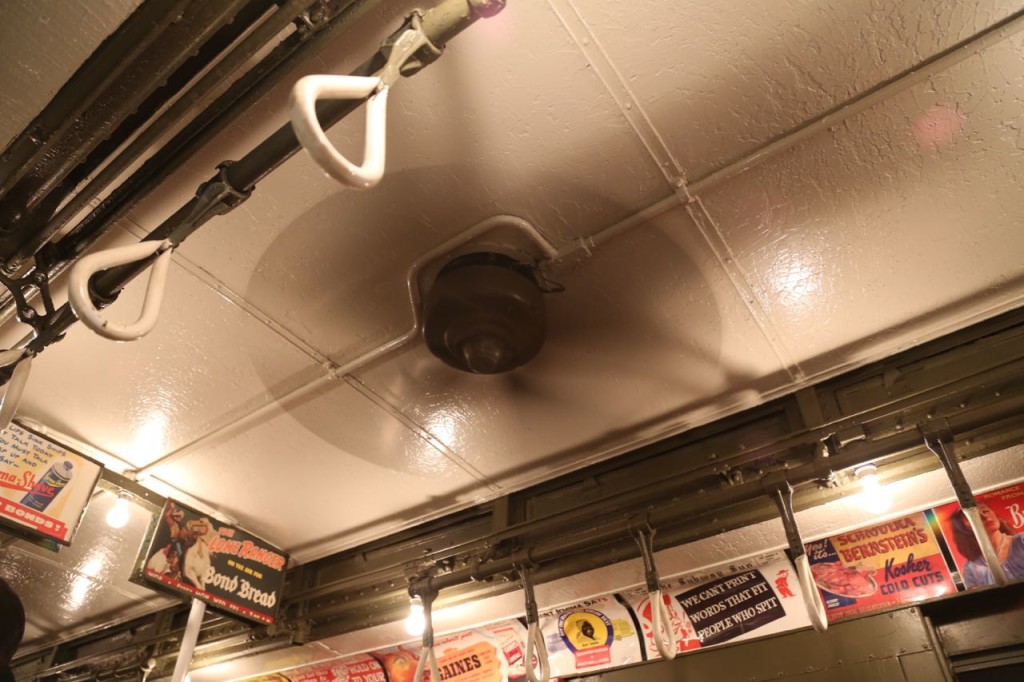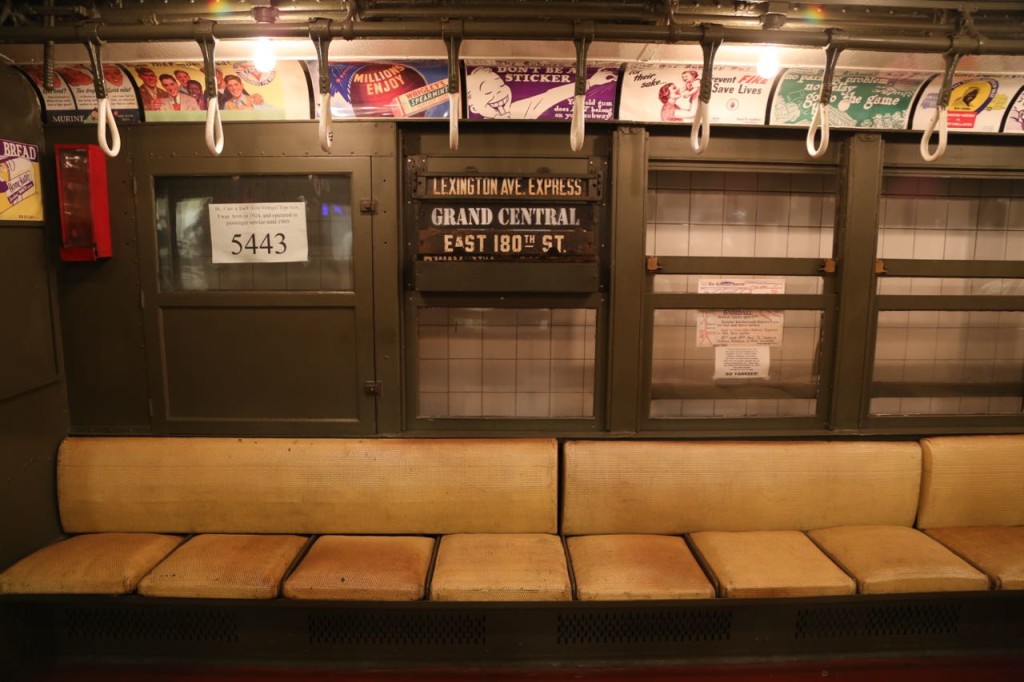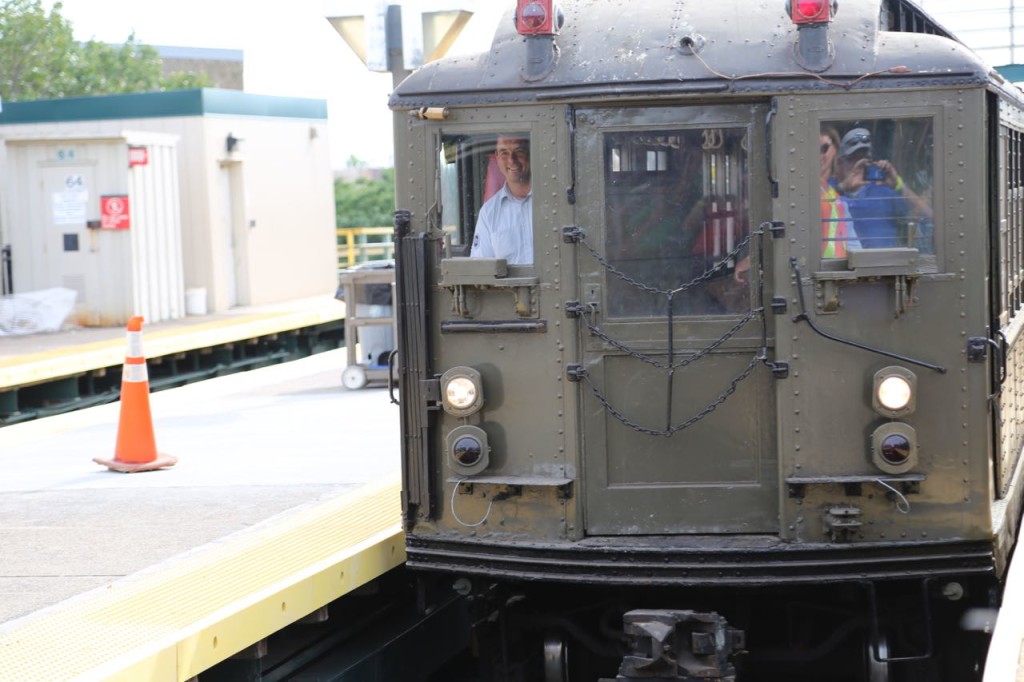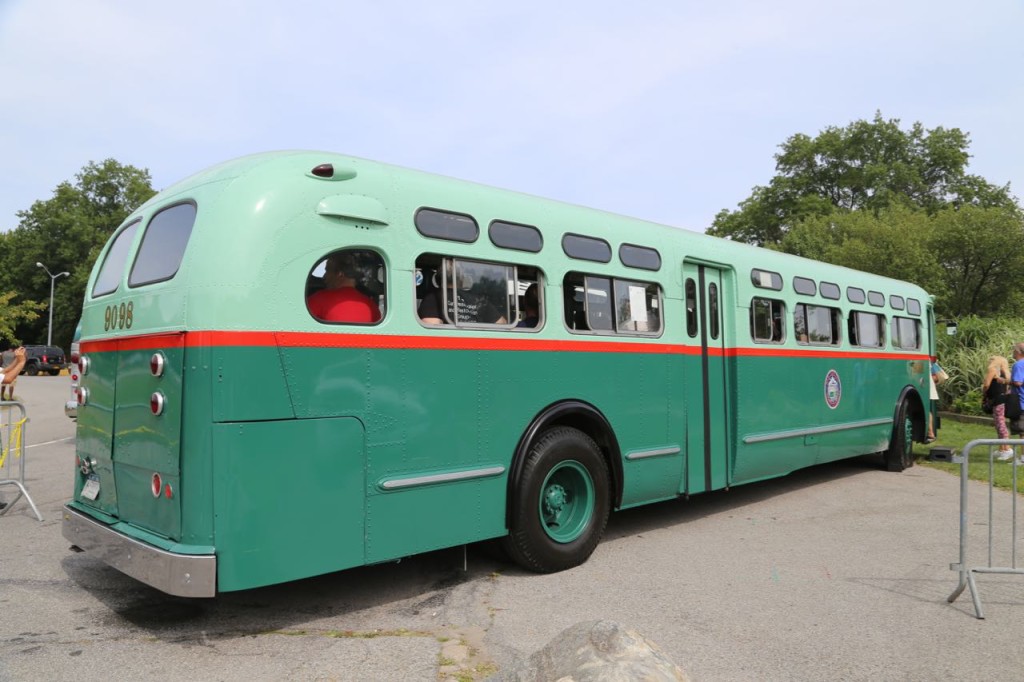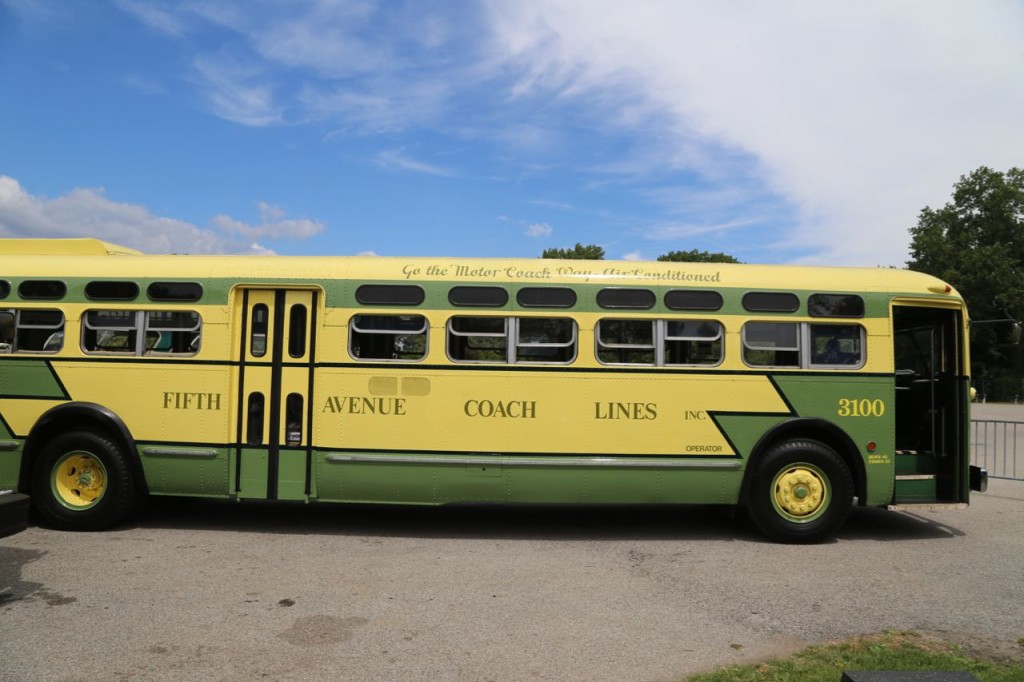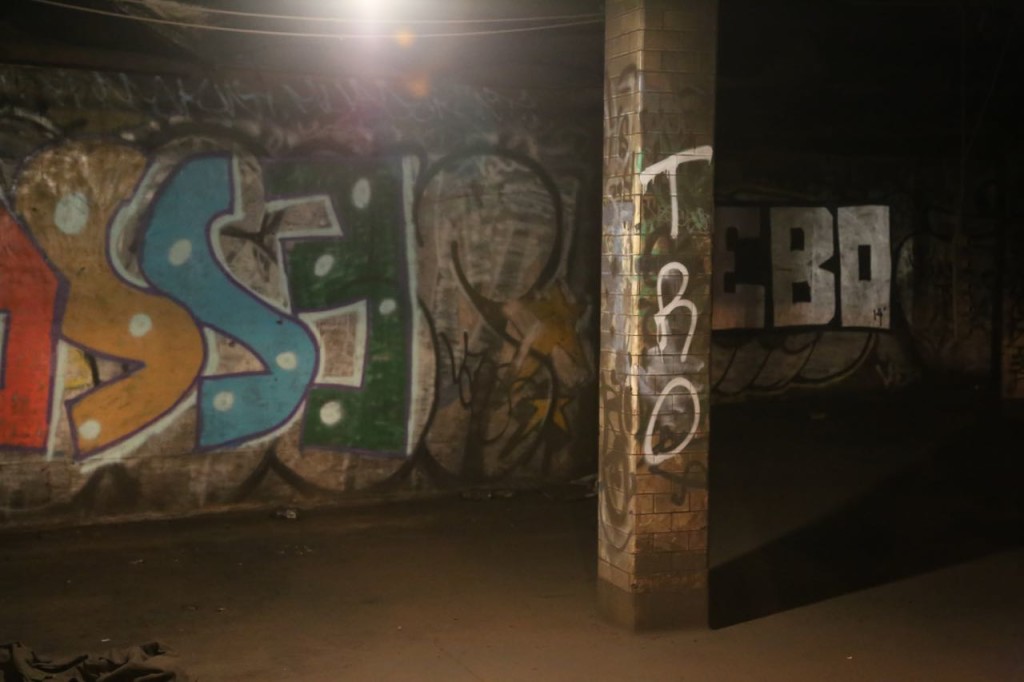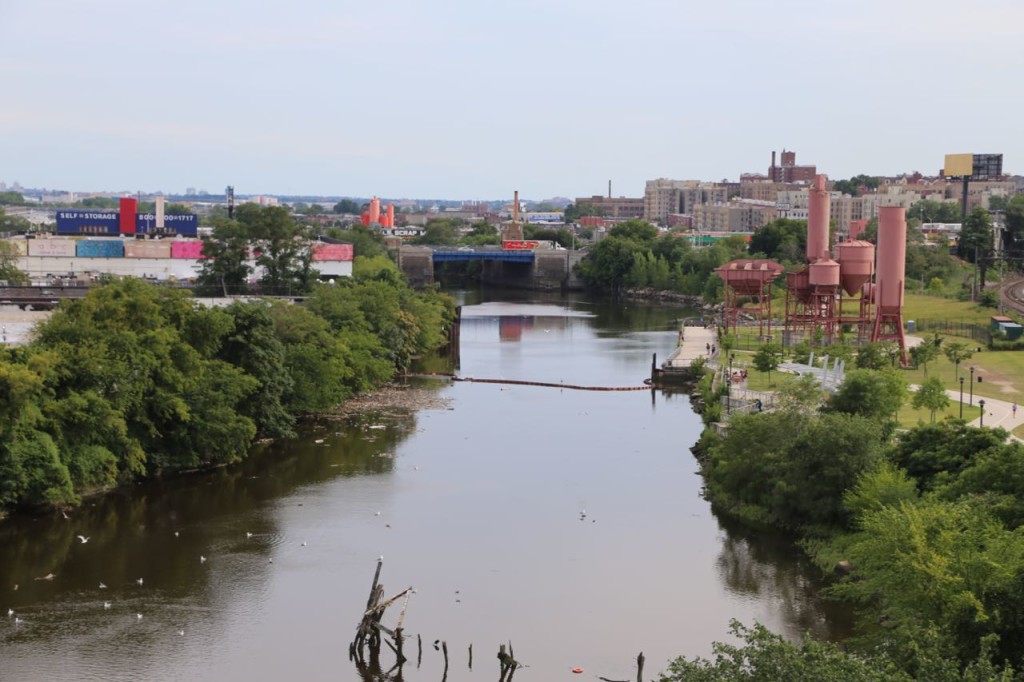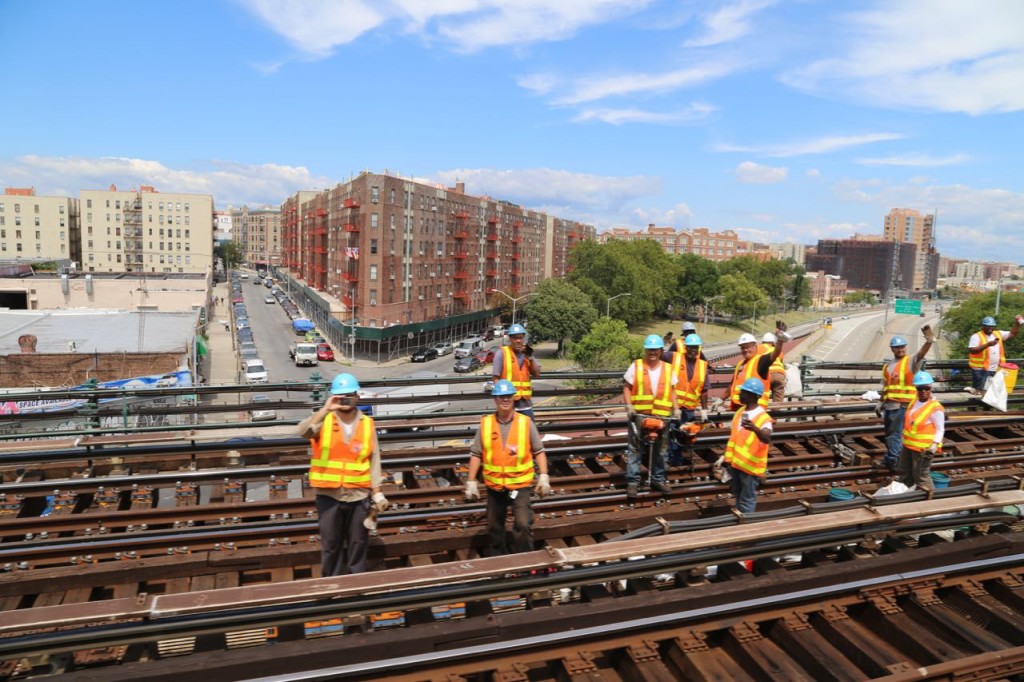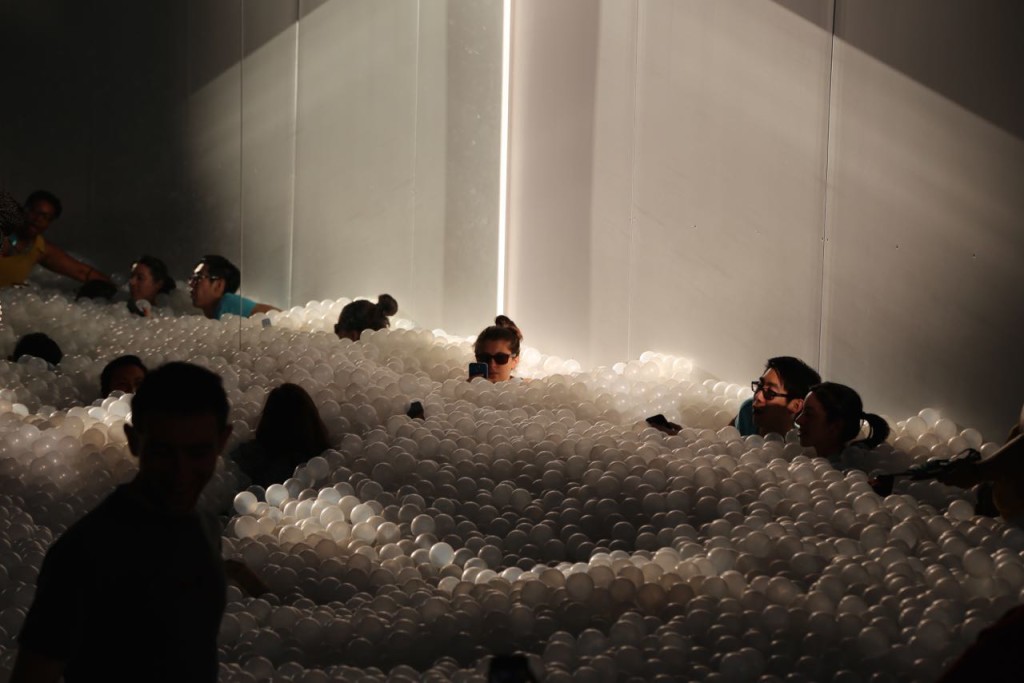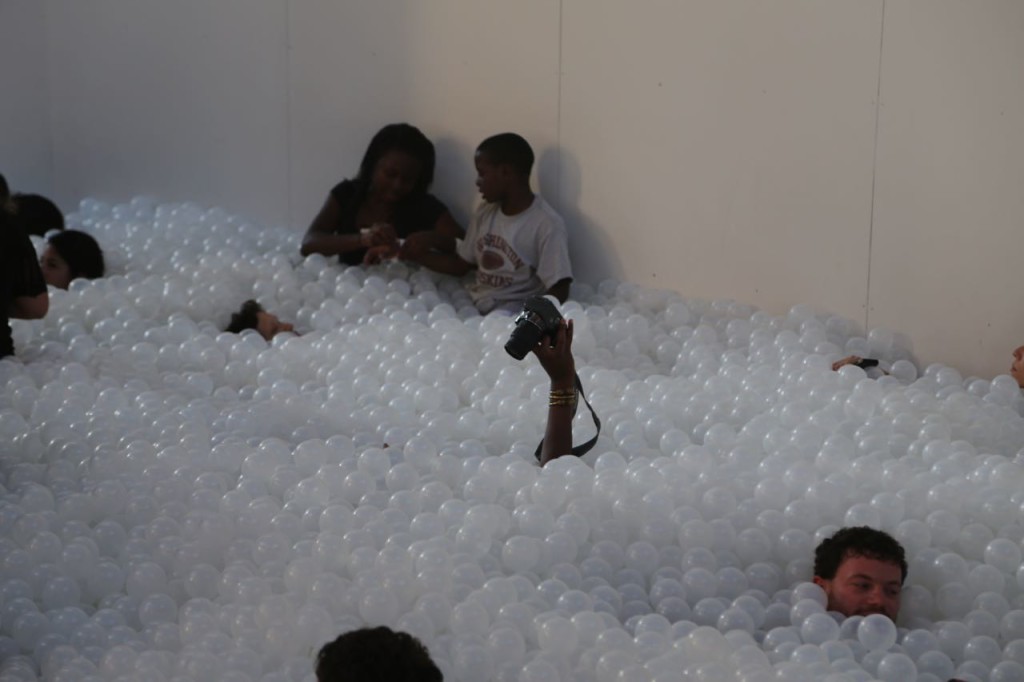I’ve been working on this project at work for over a year now that seems to keep getting more and more important because of the effects of it. Recently I learned that Top Boss wants a briefing on it, and my presence is requested at the briefing. Top Boss would be the head person where I work. I work at a large place with somewhere on the order of 15,000 employees. I have become the subject matter expert on this project. Thus I need to be there because if Top Boss asks any technical questions, I will probably be the one who needs to know the answer. When I first learned that I would need to be at Top Boss’s briefing, I wasn’t nervous about it. If no technical questions are asked, I will happily sit quietly in the back as management talks. If technical questions are asked, I know my stuff. I’ll have my notes, and I feel confident I can sufficiently answer whatever might be asked. I don’t know if I should feel excited to brief Top Boss because I never thought I would end up in a meeting with Top Boss. Honestly thought it just feels like another management briefing. I am hopeful that this briefing will at least allow us to get some documents out that we have been trying to get out for a while now.
No, my first thought when learning I would need to be there was, crap, I hope I am not supposed to wear a suit for this because I don’t own a suit. I immediately looked around for a coworker who might know the dress code to brief Top Boss. The first coworker I see happens to be a straight male soil scientist, whom I called Dave. This may seem like an absurd choice, but I put Dave at the middle to high end of straight male scientist and engineer dress spectrum. Unlike some I have worked with, his clothes fit him properly and are appropriate business casual, and I have never seen him in a tie that makes you wonder if he lost a bet. However, I don’t remember ever seeing him in a tie. Dave however is kind of an appropriate choice in that Dave and I constantly seem to show up to work in similar outfits. There are two other scientists who also seems to constantly dress similar to both of us. We all show up to work in khaki pants and and a green top, or black pants and a blue top. You get the idea. We are not adventurous dressers. I wear more jewelry and other accessories than any of them though. Dave and I also shop for clothes similarly. I go to Costco, find a pair of colored denim pants, and once I determine they fit me well, I go back and buy them in several more colors. Same for tops, but those normally come from Kohl’s. I have the same short sleeve top in six colors and similar for long sleeve version and my sweaters also. My few unique pieces generally come from a thrift store or flea market. I will admit to having too many scarves and pashminas, but they are all unique, sometimes come from my travels, and keep my warm in the always cold office building.
I don’t know enough soil scientists to know if Dave is a typically dresser for a soil scientist. Geologists seem to have an unnatural obsession with Hawaiian shirts. Male engineers tend to wear neural suit pants and a white top. They then have two or three ties hanging on a hook in their office. If there is a third tie, there is a good chance it will involve Snoopy or some other cartoon. In any event, Dave assures me that office casual should be fine. However he also said he has never been in a meeting with Top Boss. I may seek a second opinion just to be sure. I will probably ask my boss. He is a good dresser. He has a science background, but he is also Italian. More importantly, I think he used to work as an advisor to upper management before, so he probably knows what is normal dress.
I’ve heard that you should dress for the job you want, not the job you have. I have the job I want. I suppose if I was really to dress for the job I want I would wear a hard hat, gloves, jeans, and a t-shirt that I don’t mind getting covered in dirt, or I might wear a lab coat, goggles, gloves, and have a pipetter on my hip. I am fairly sure these outfits will not work to brief Top Boss.

